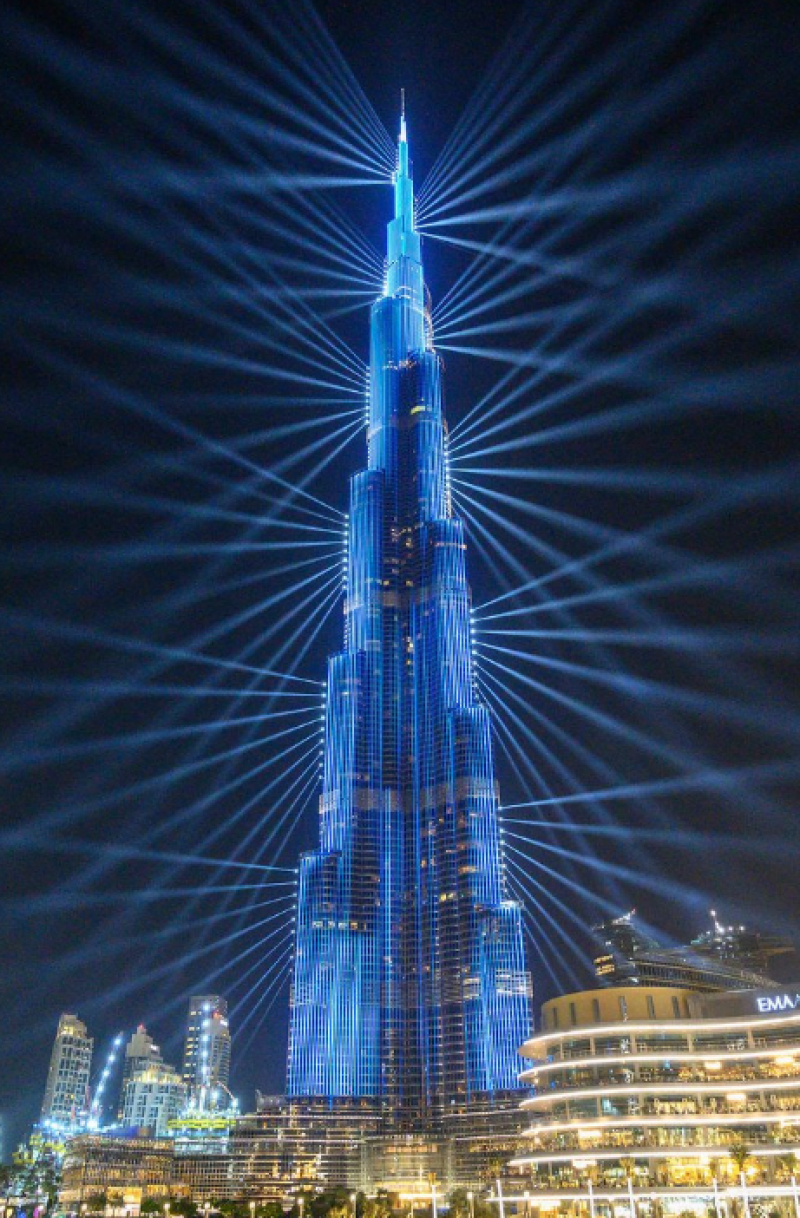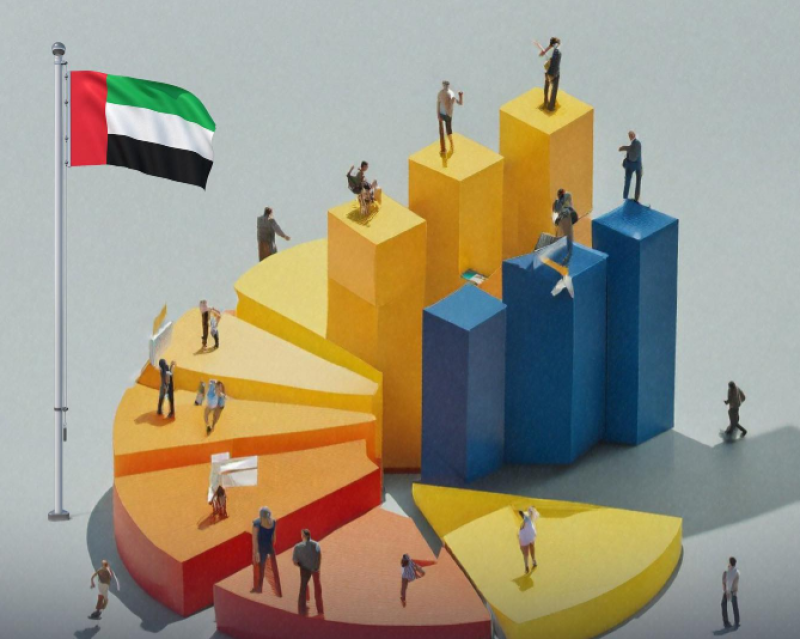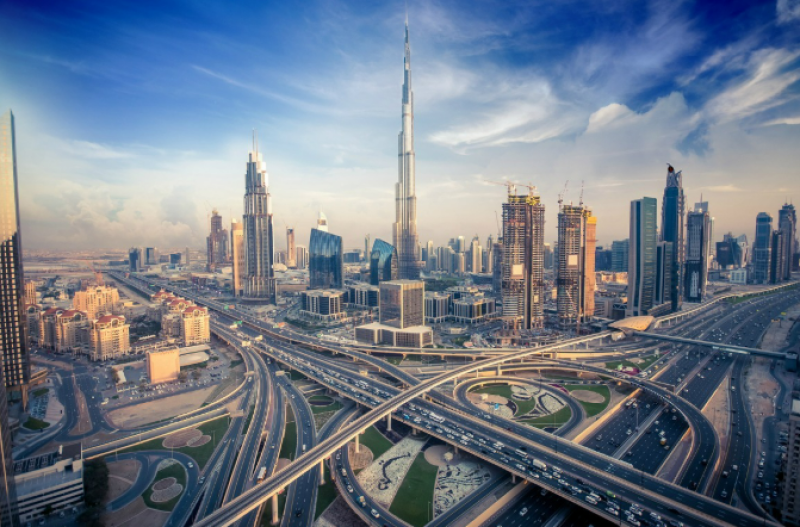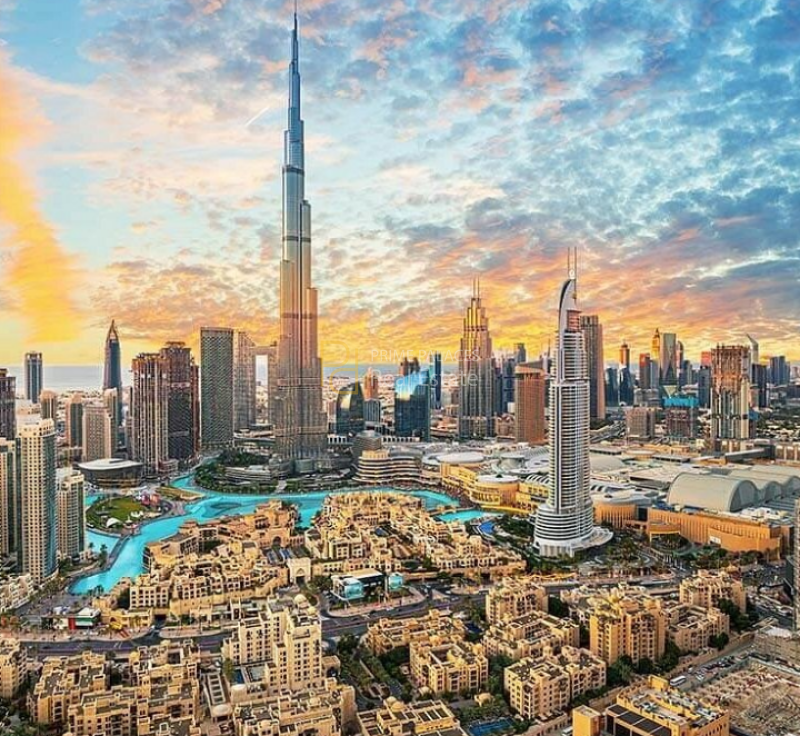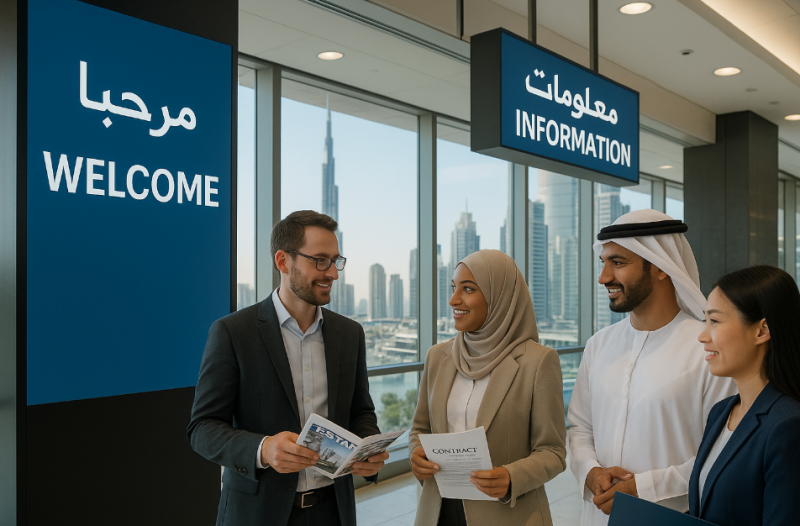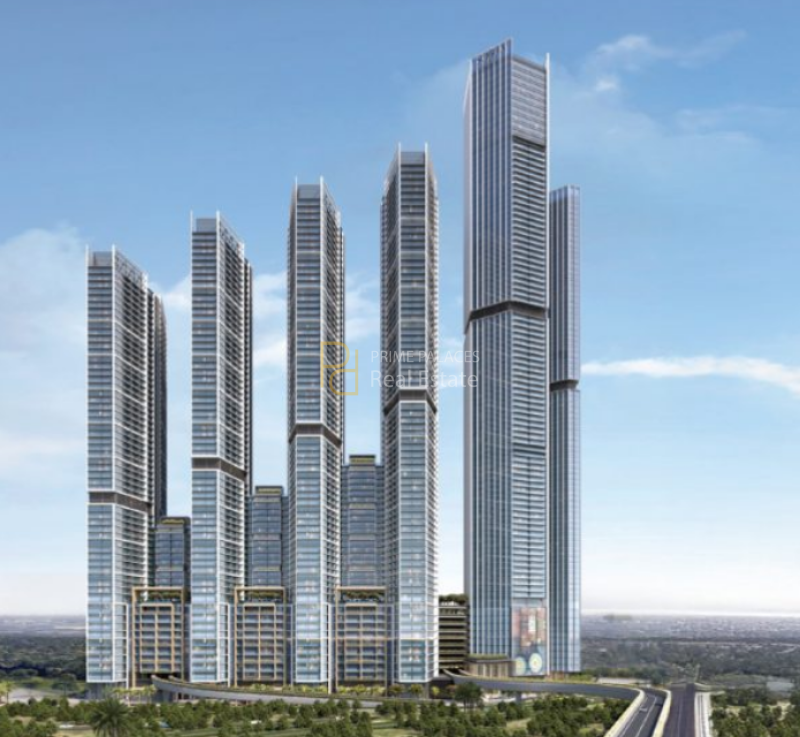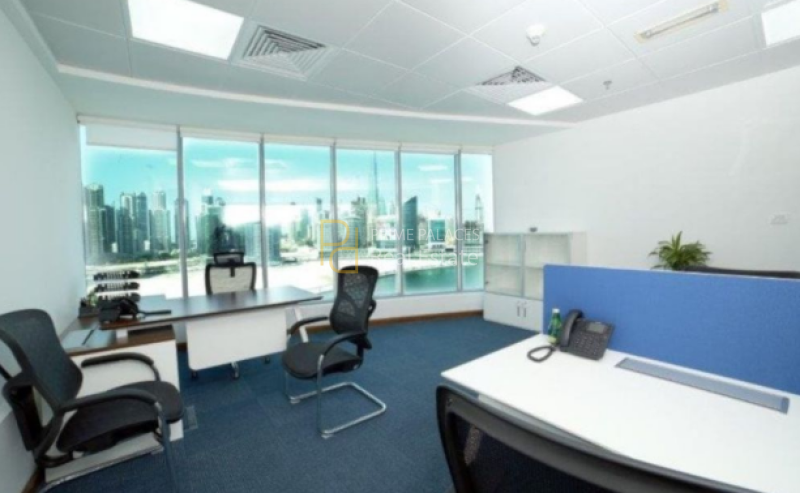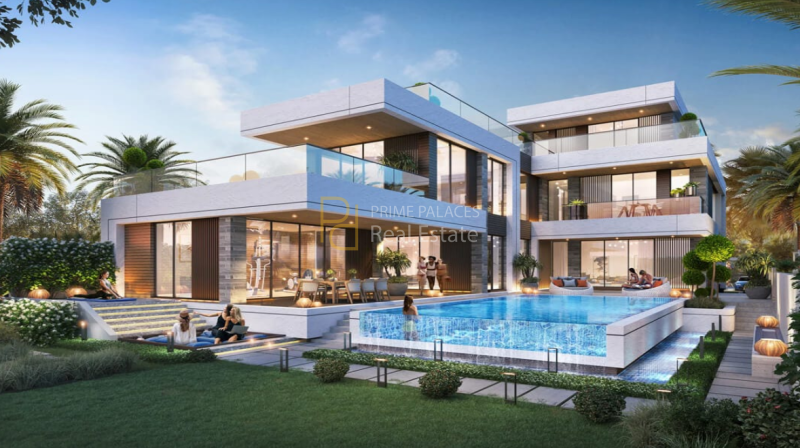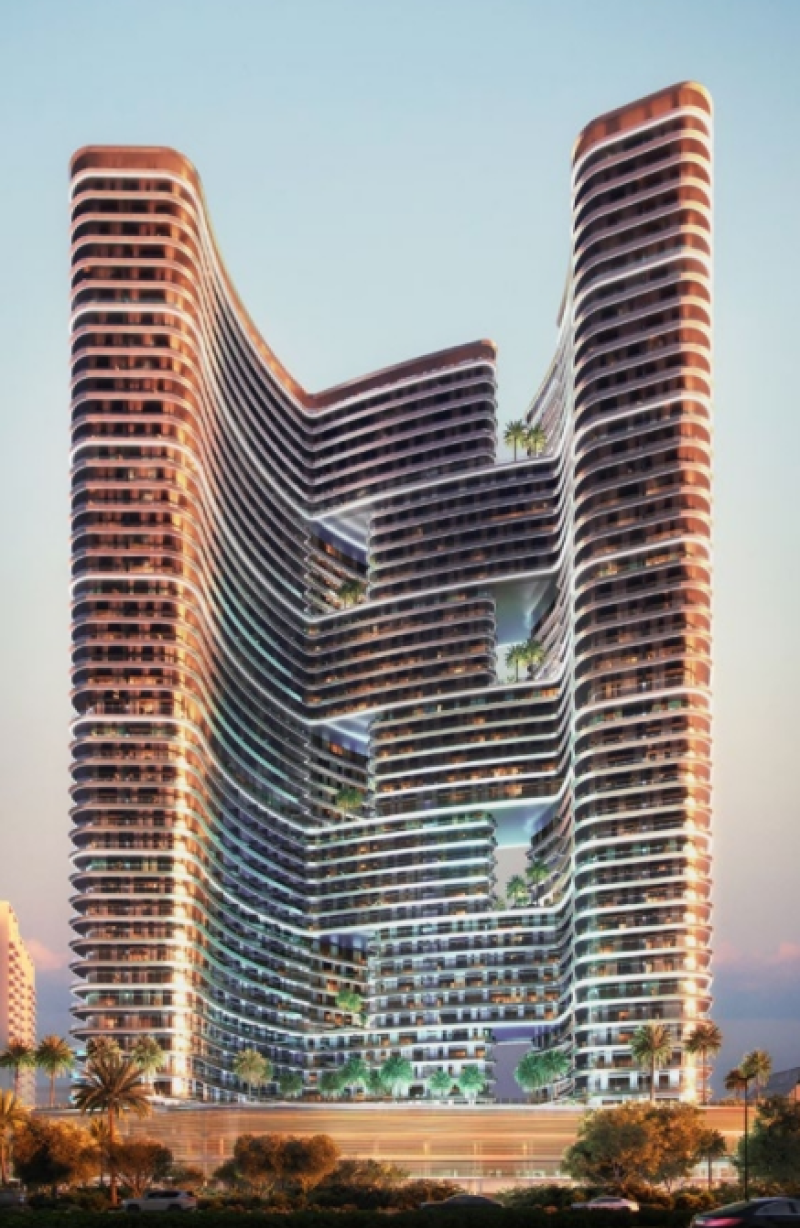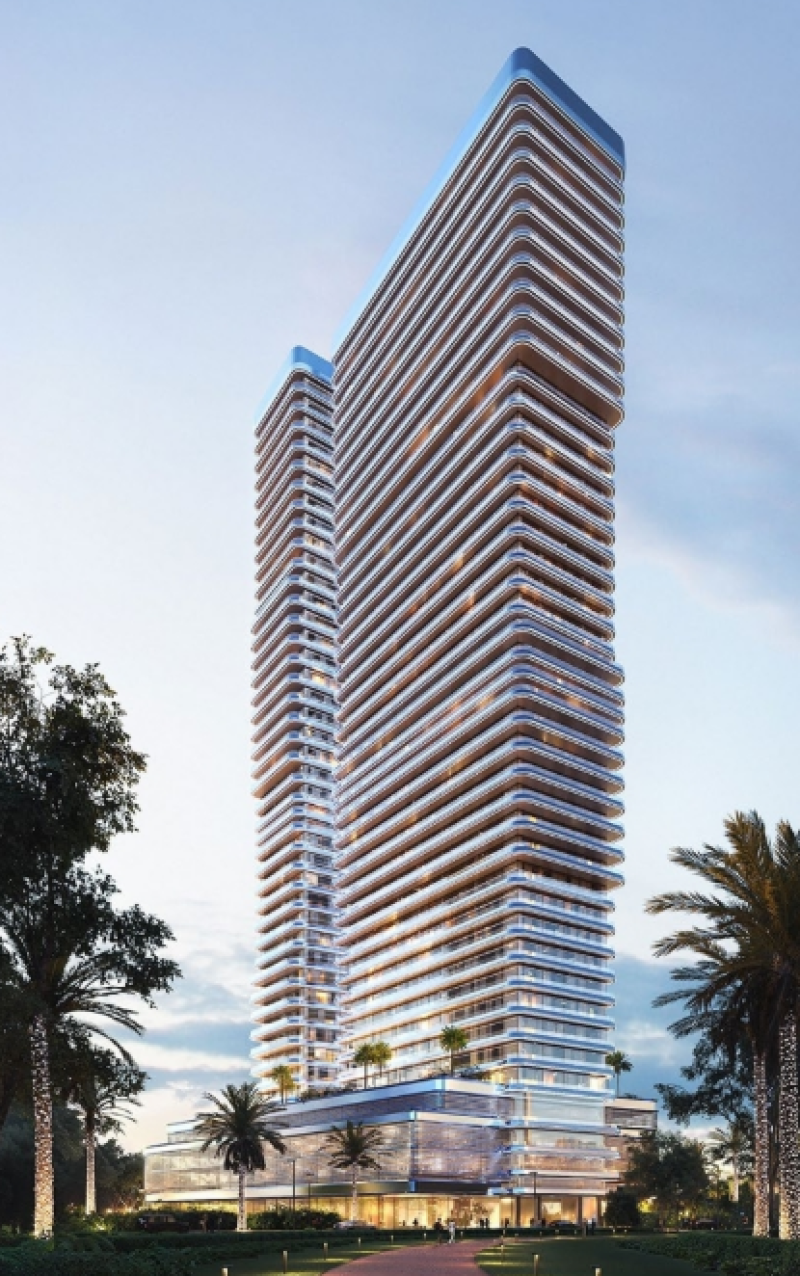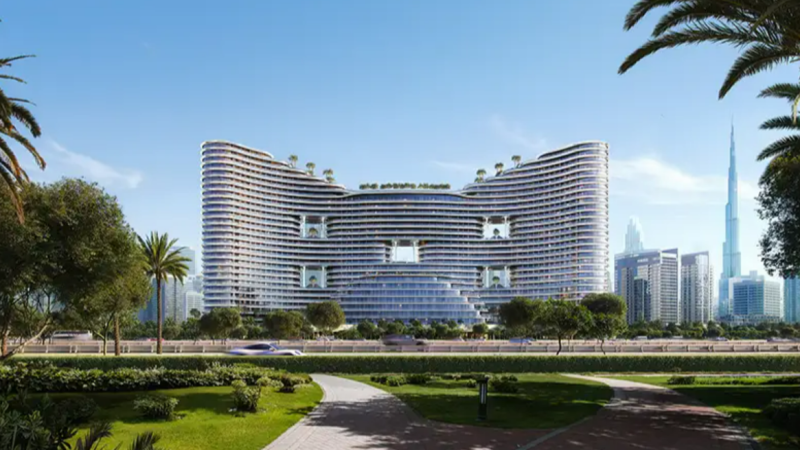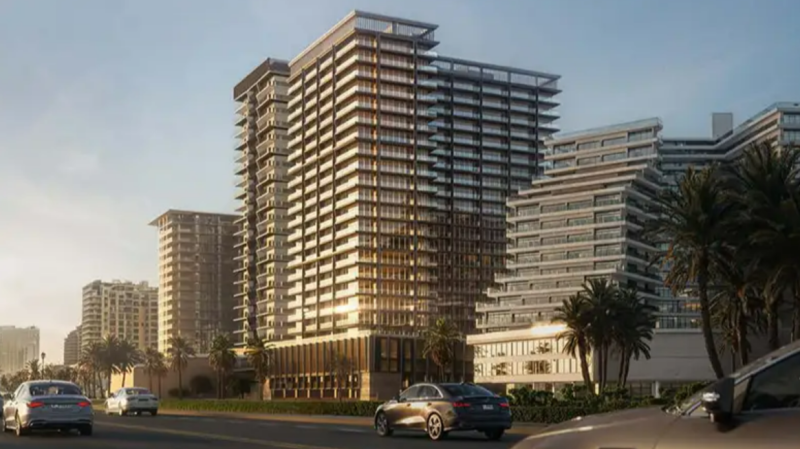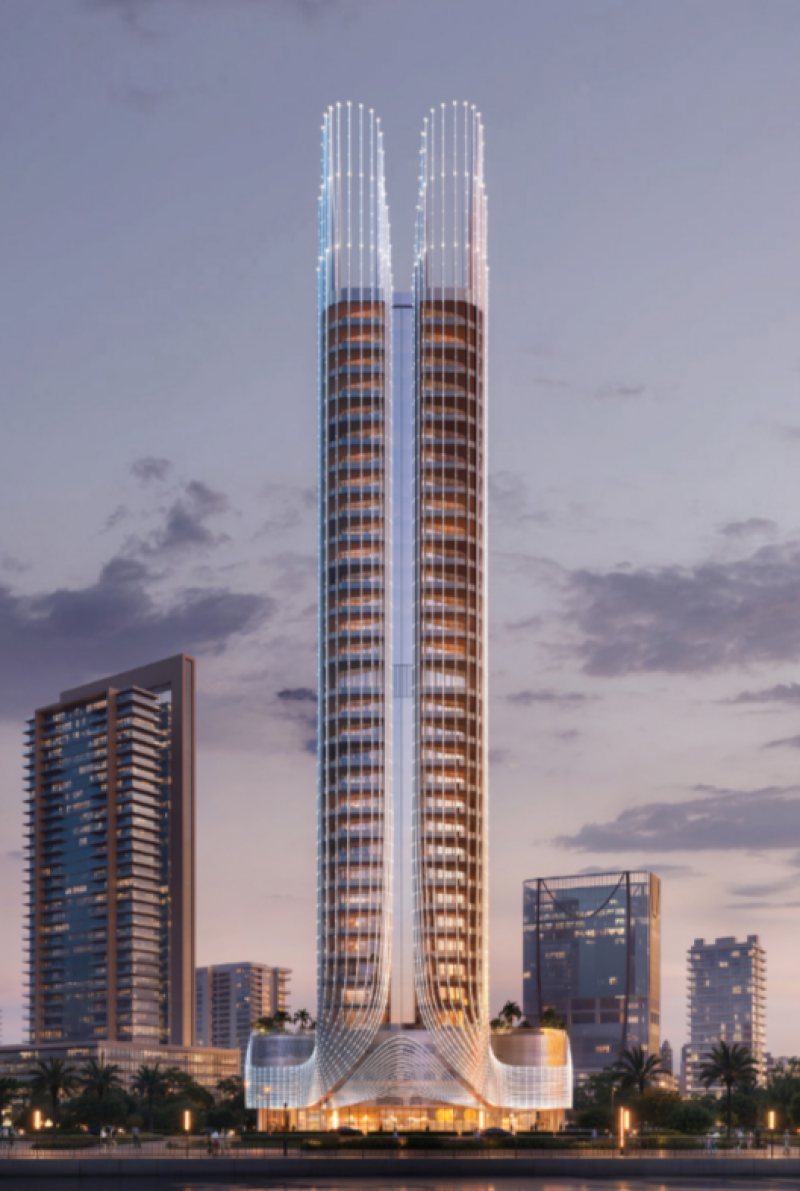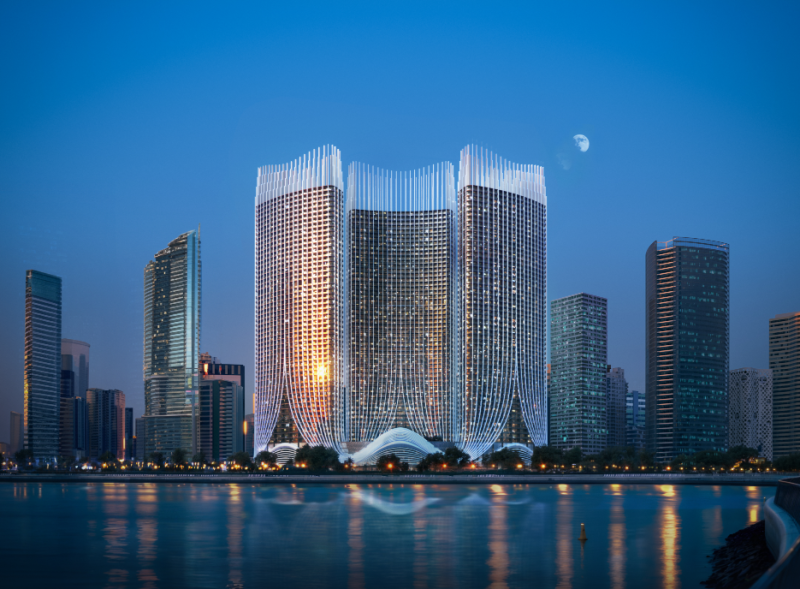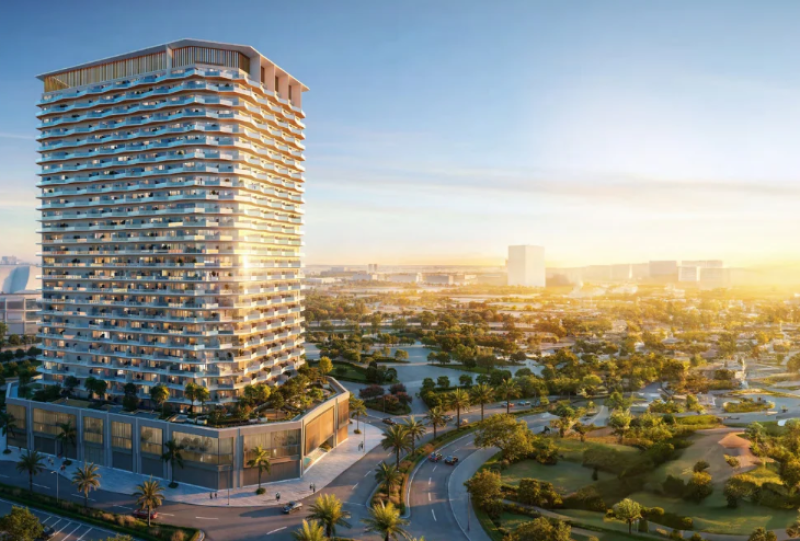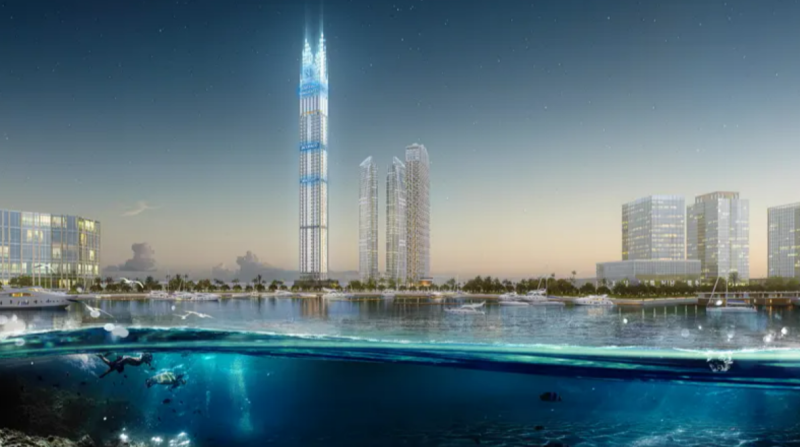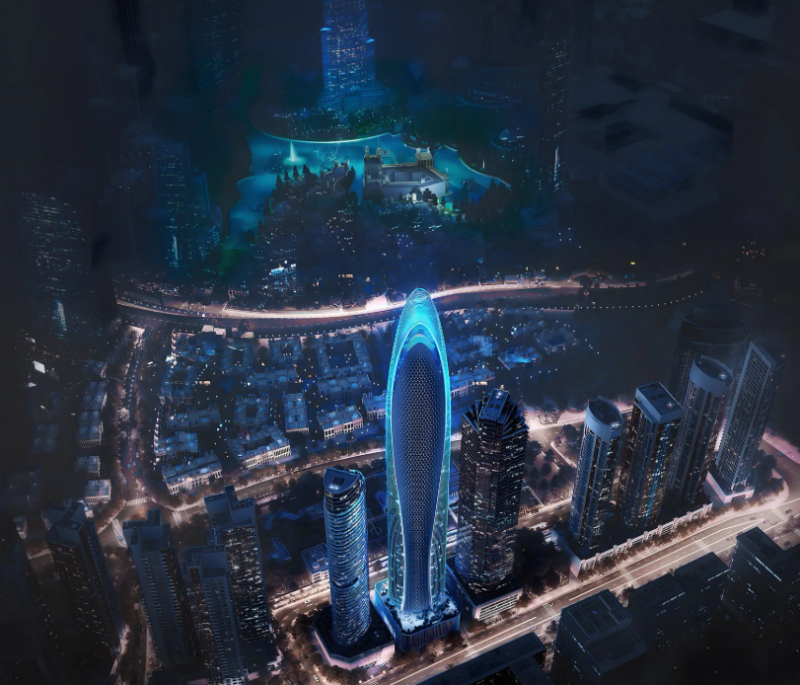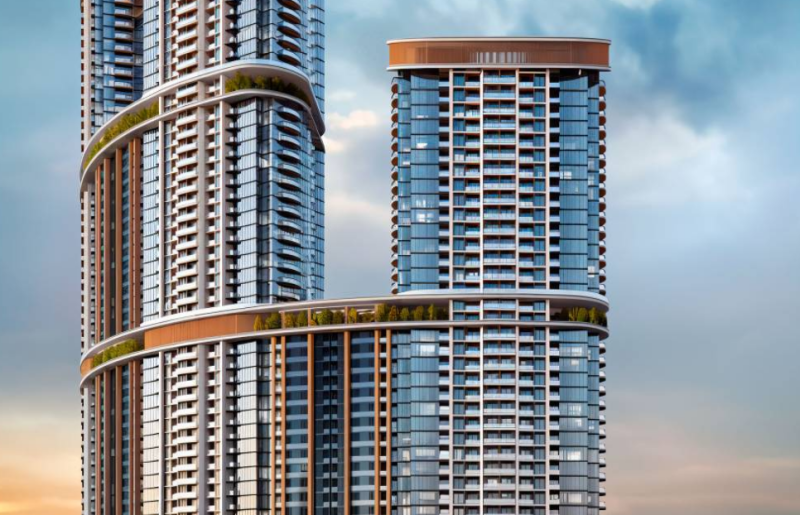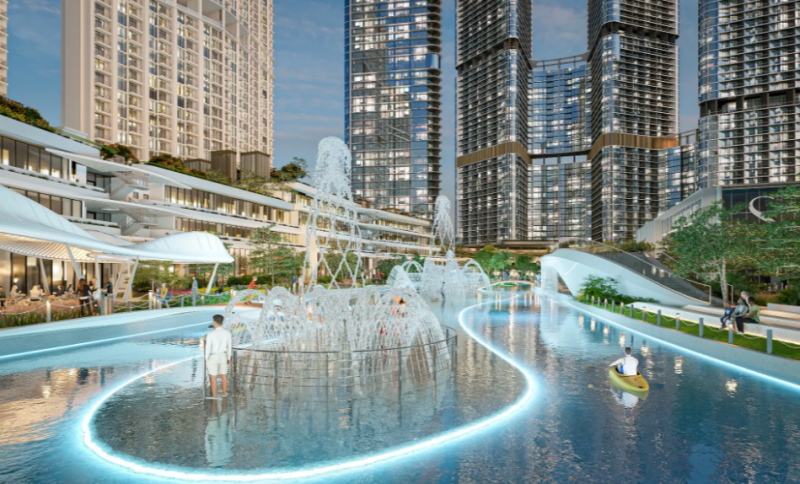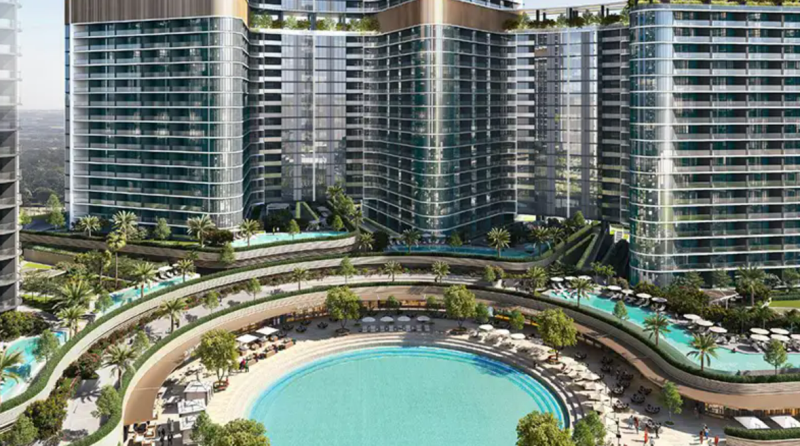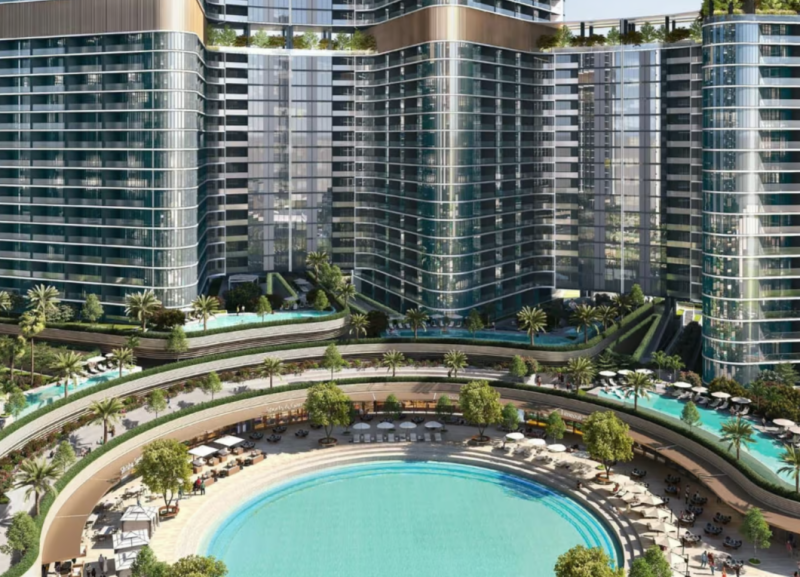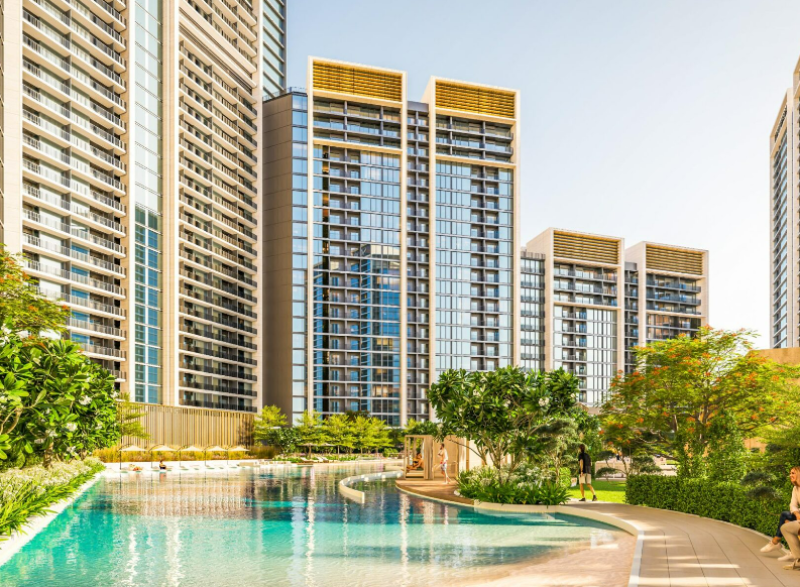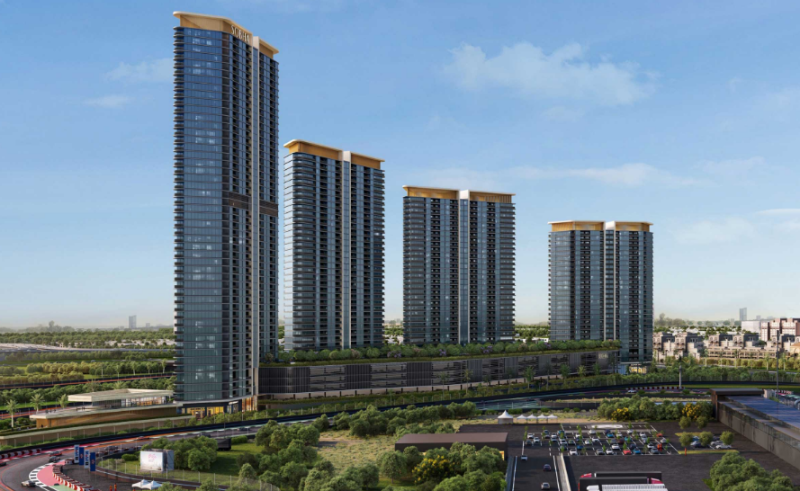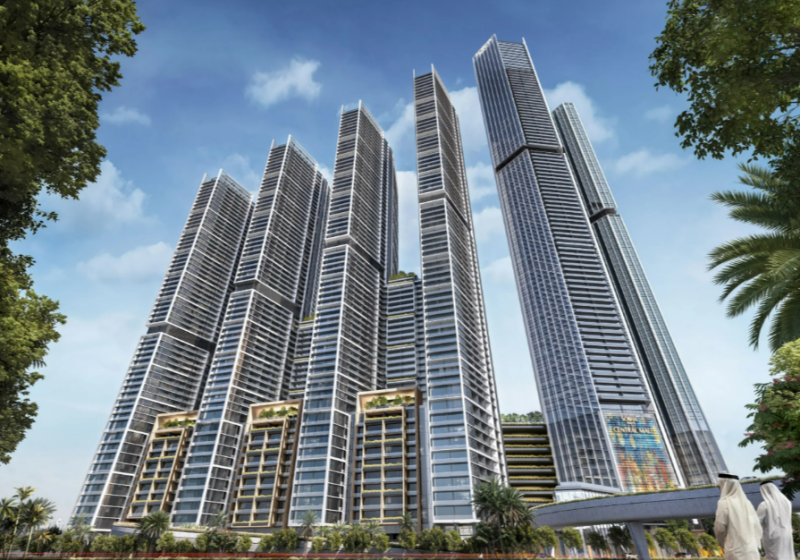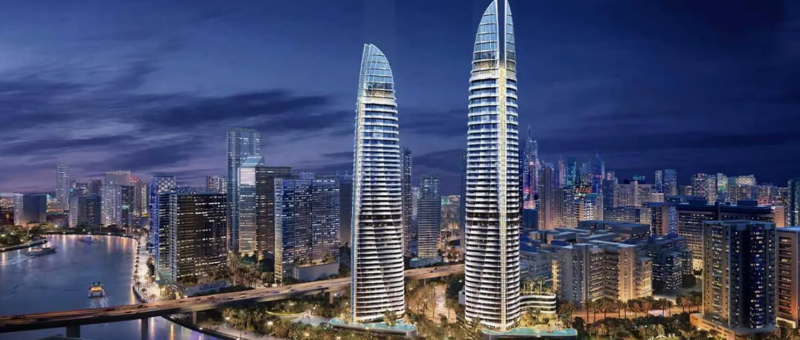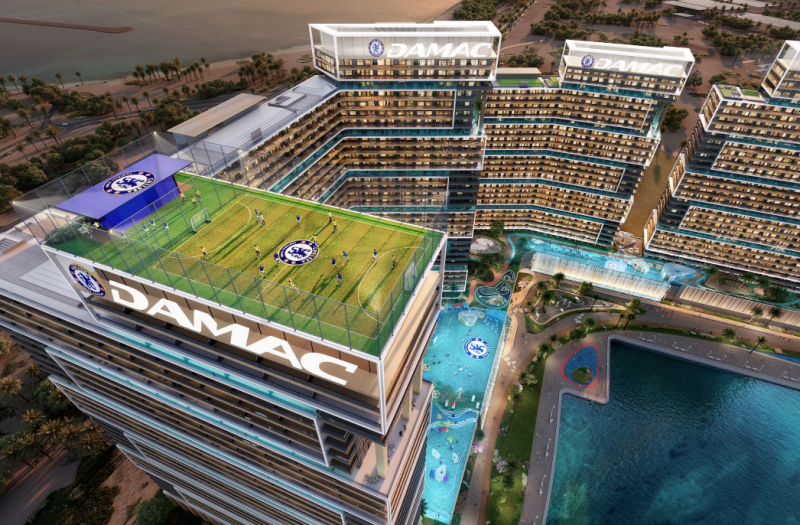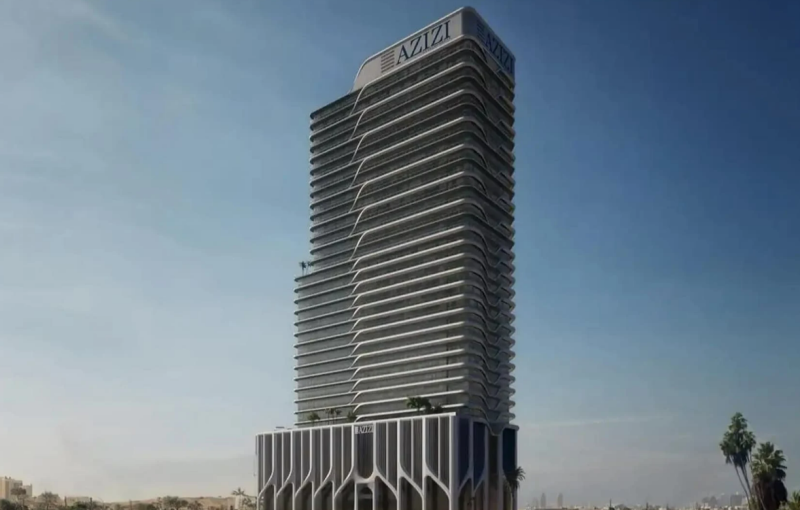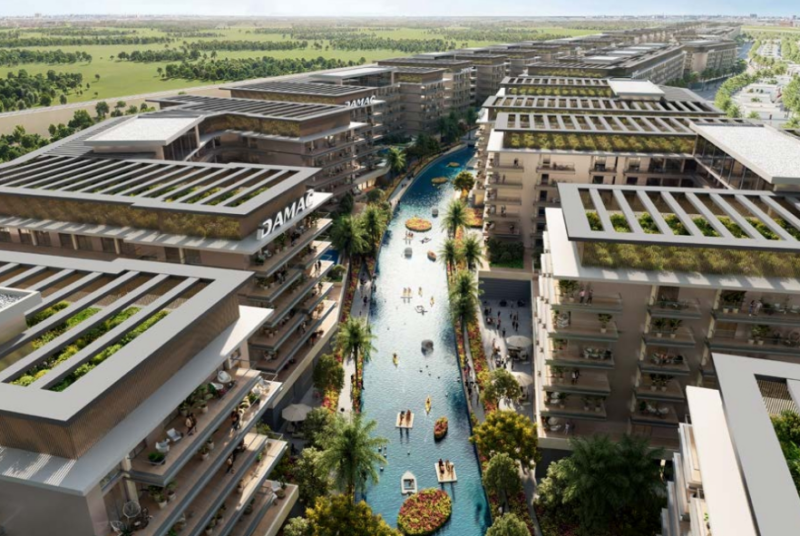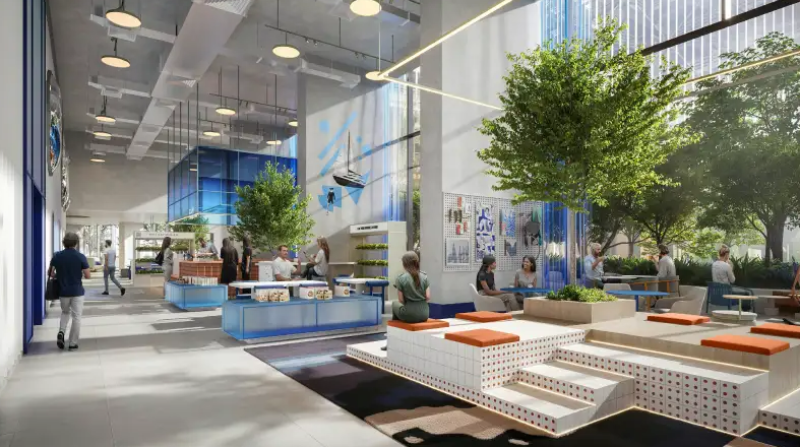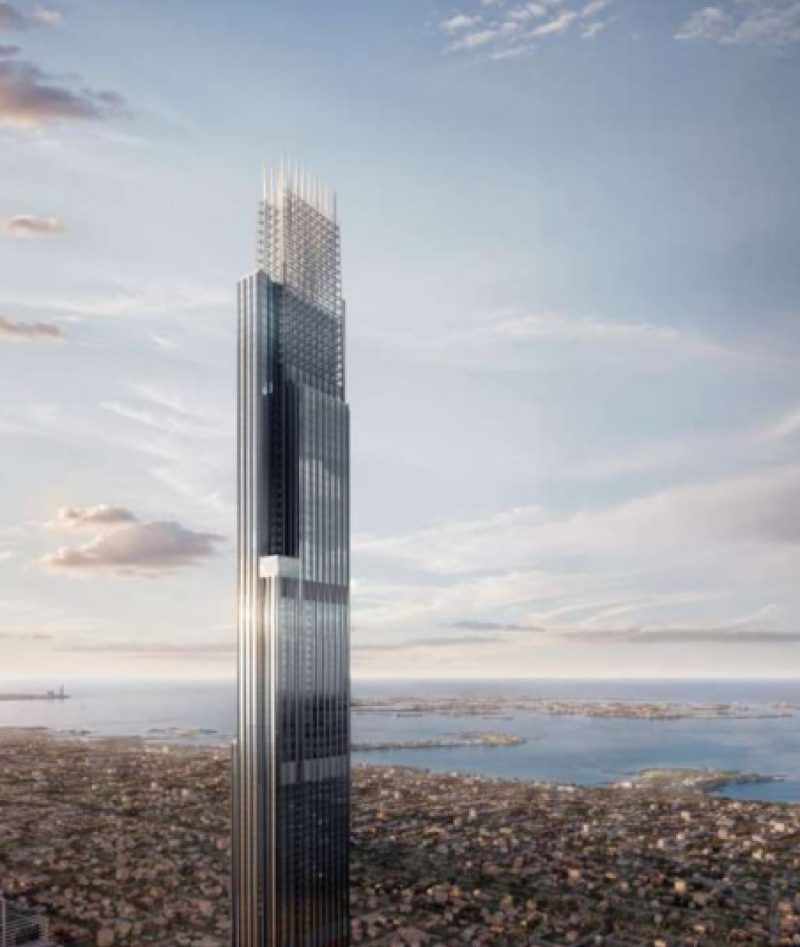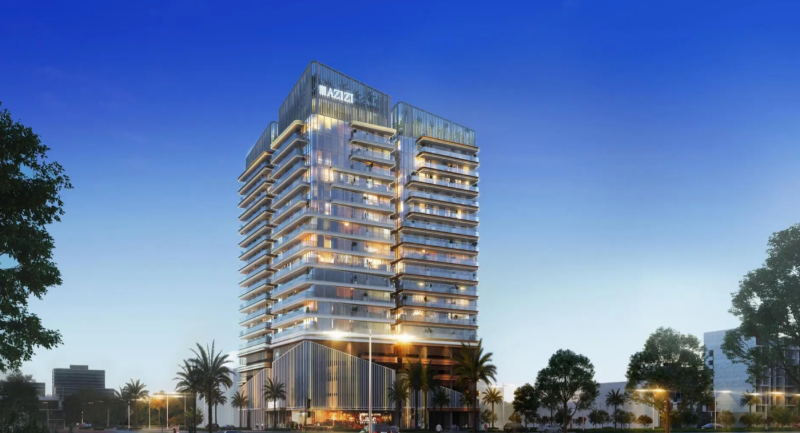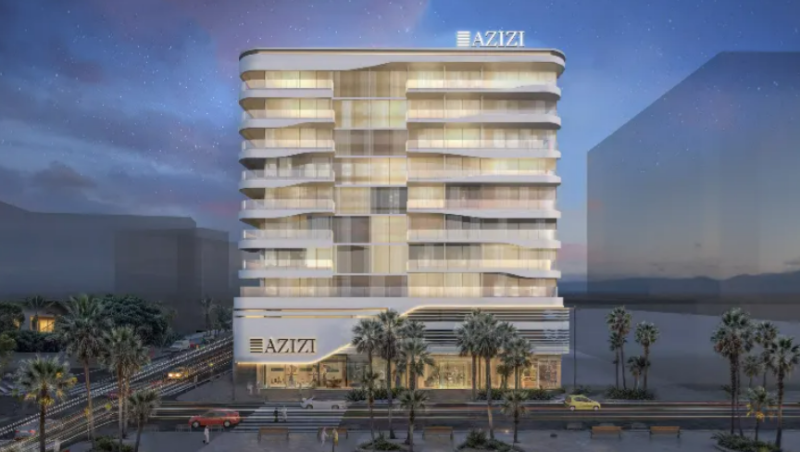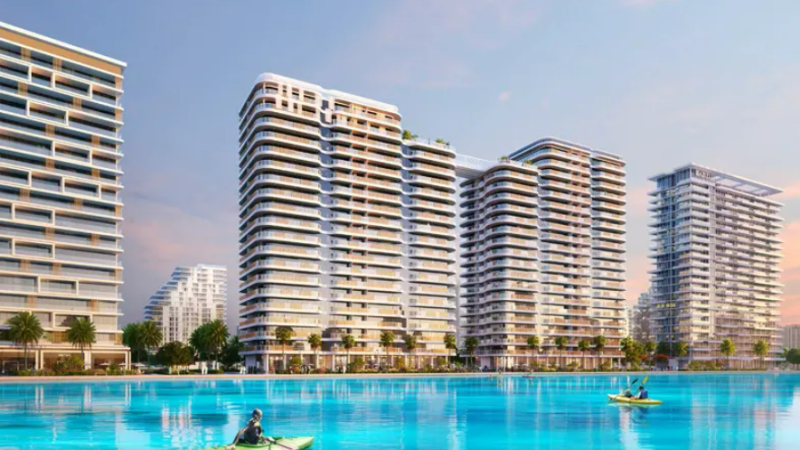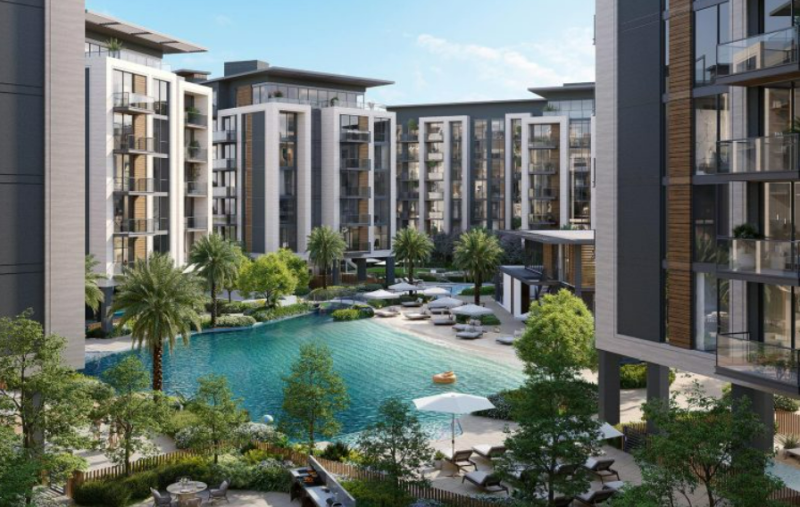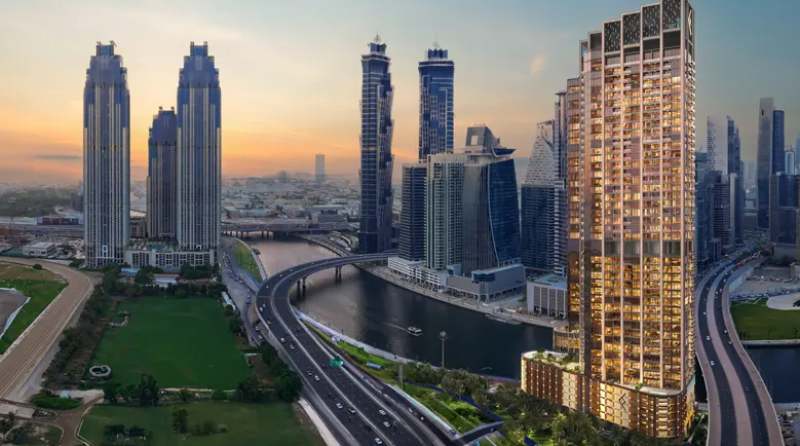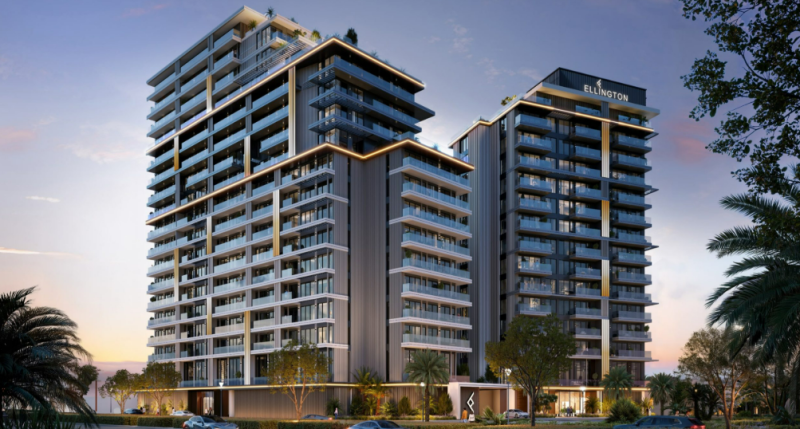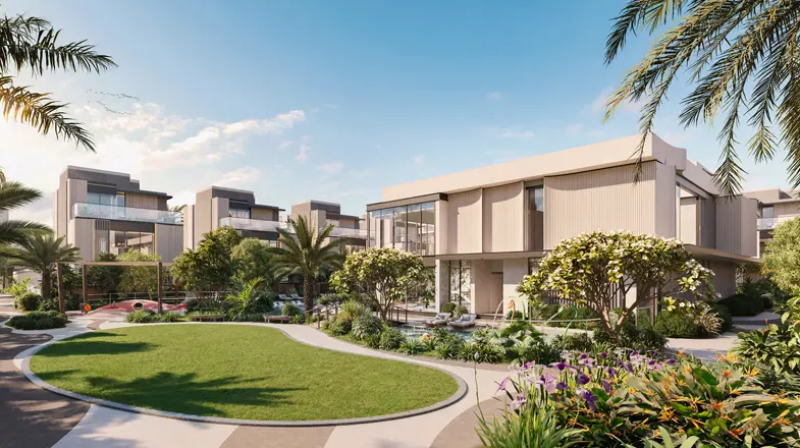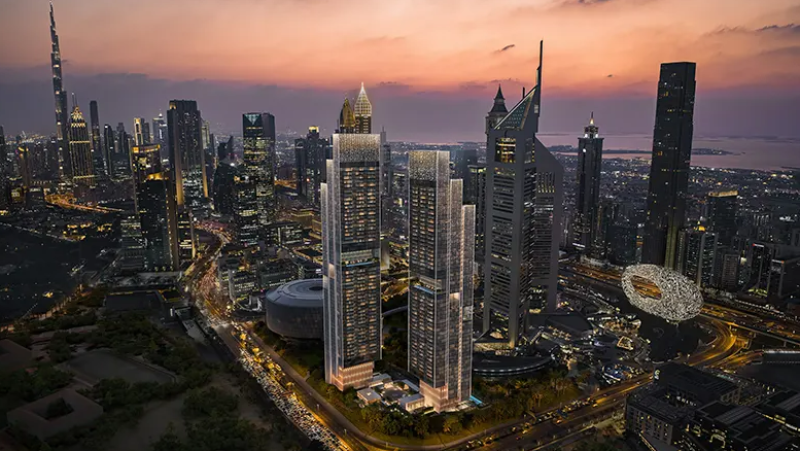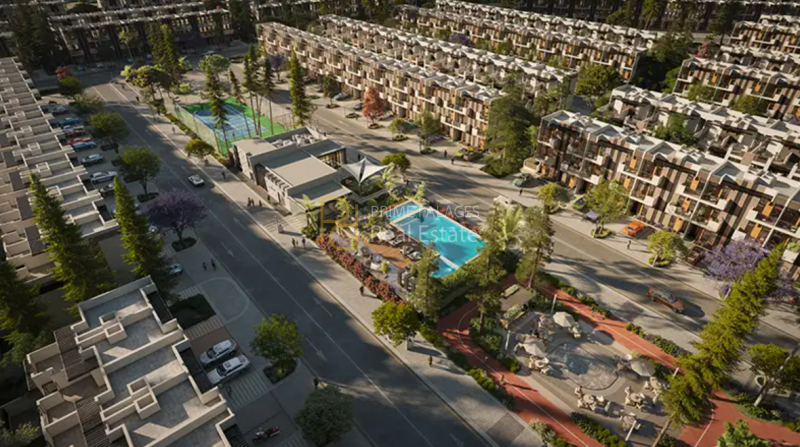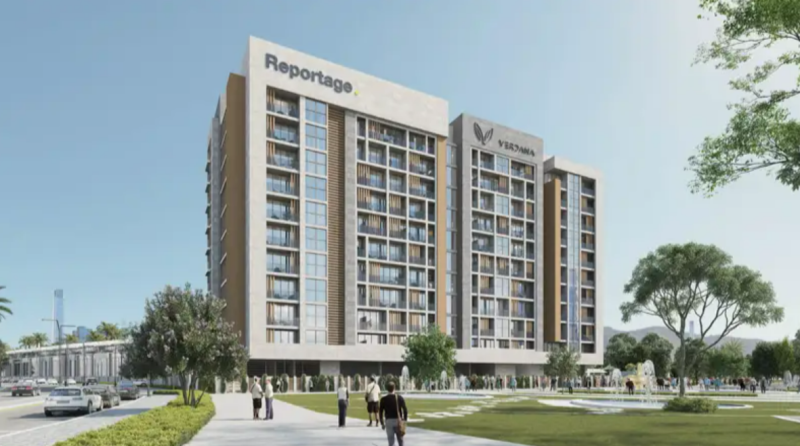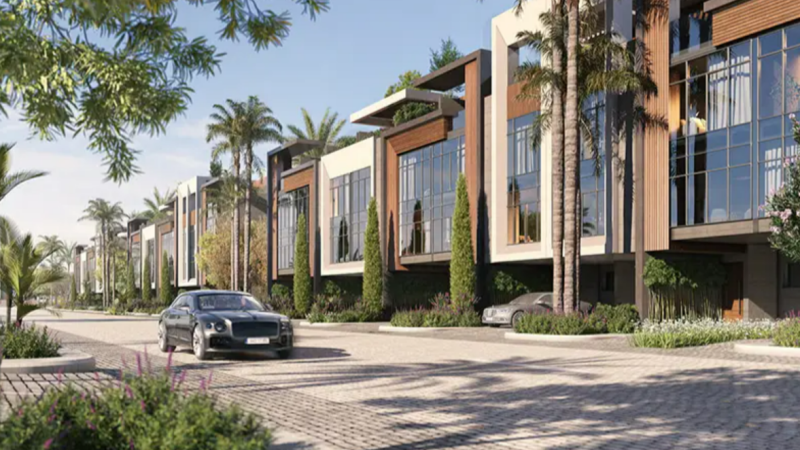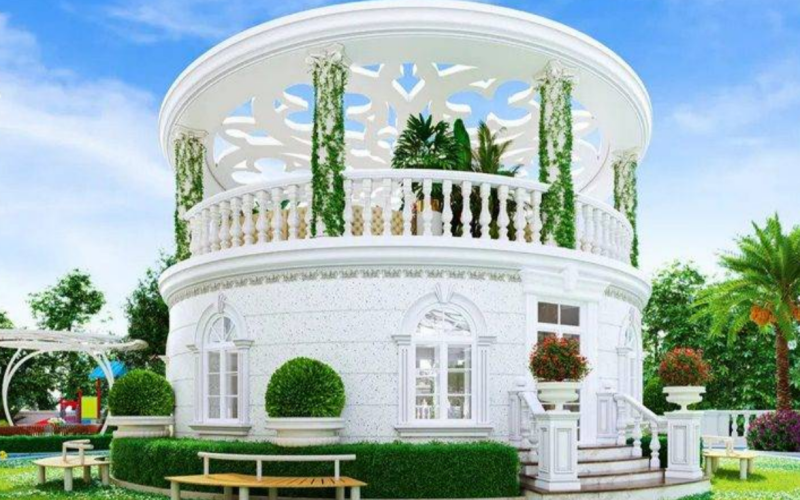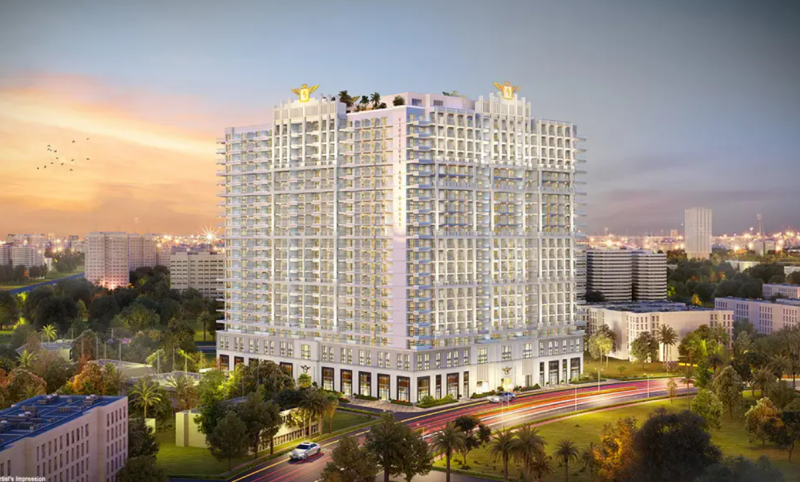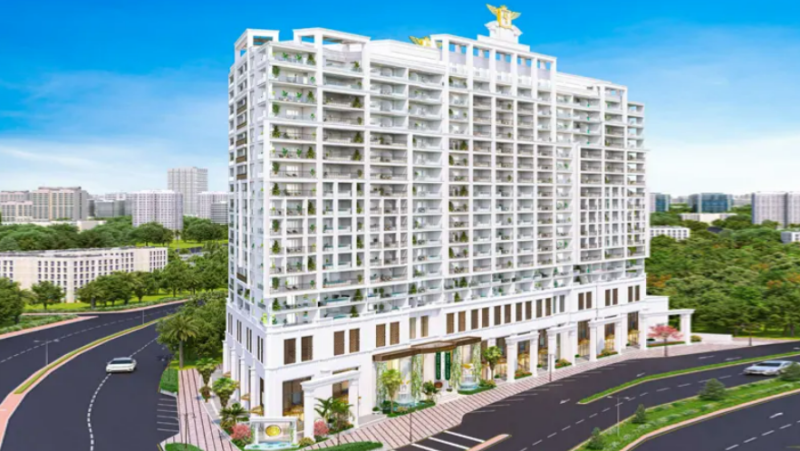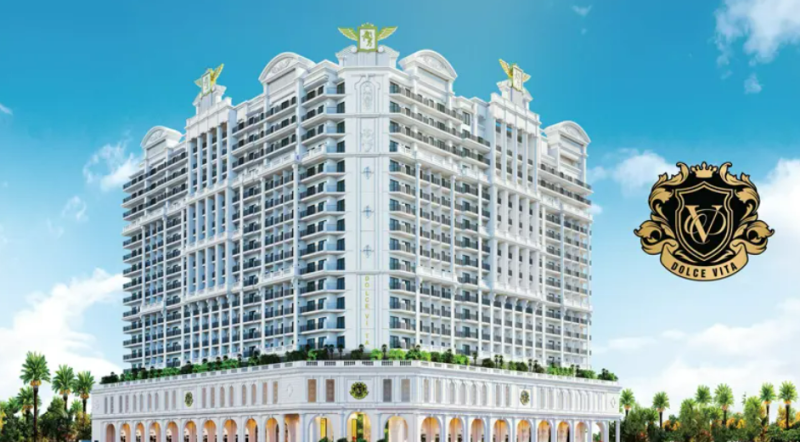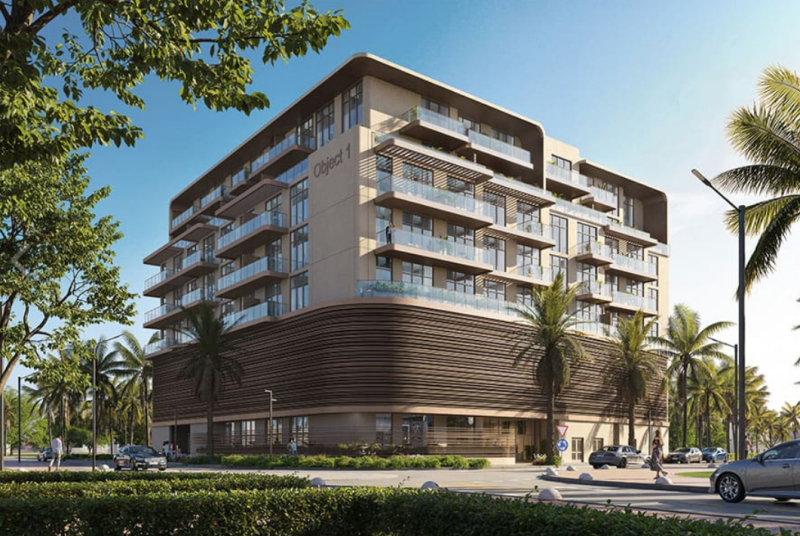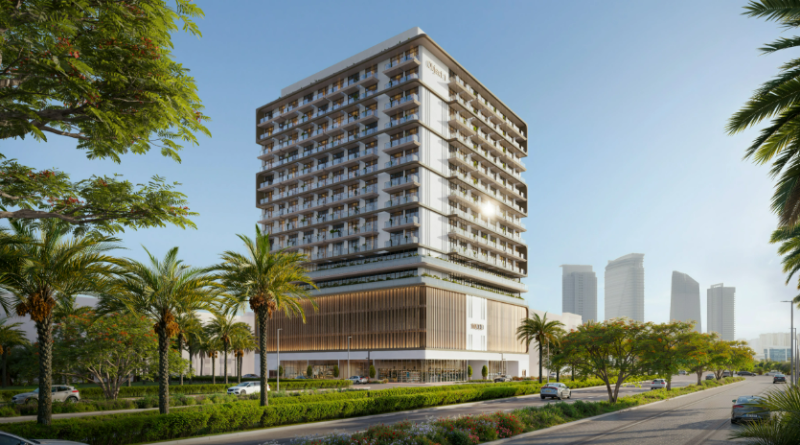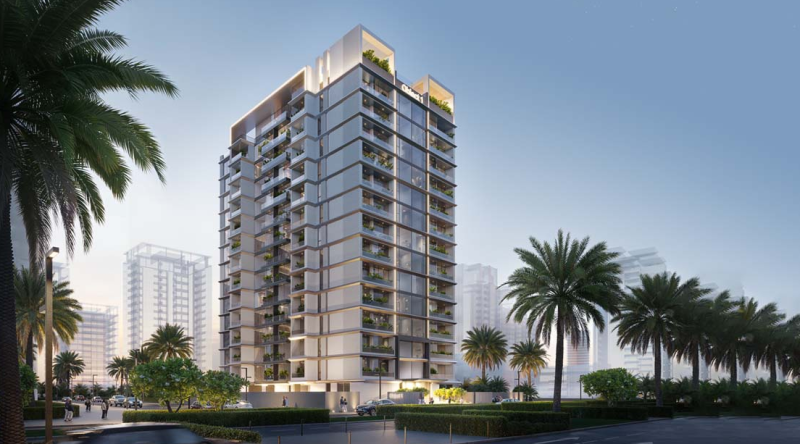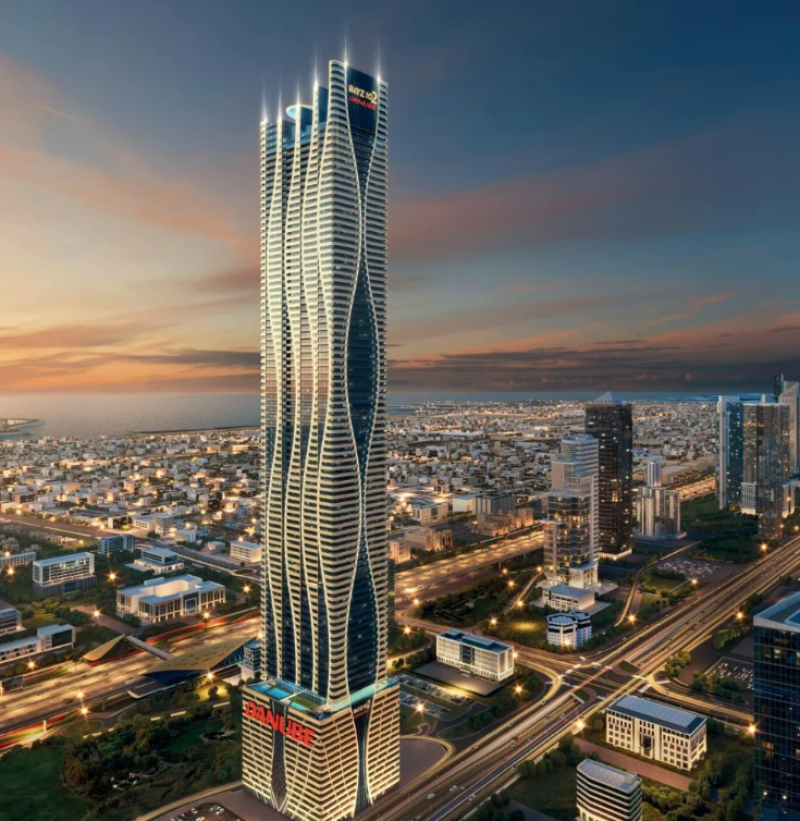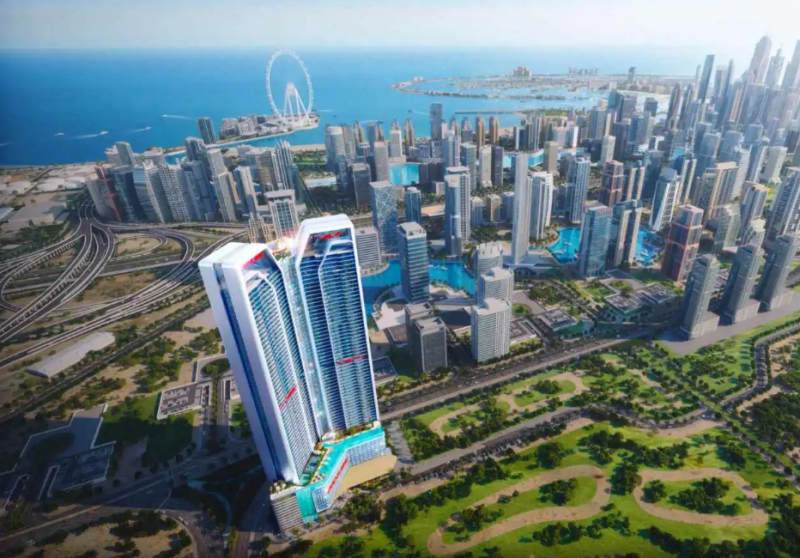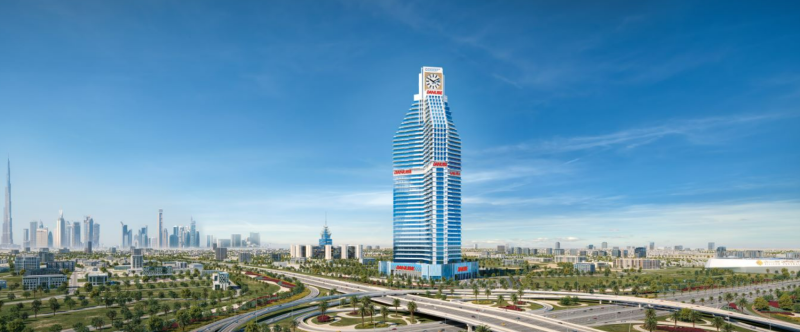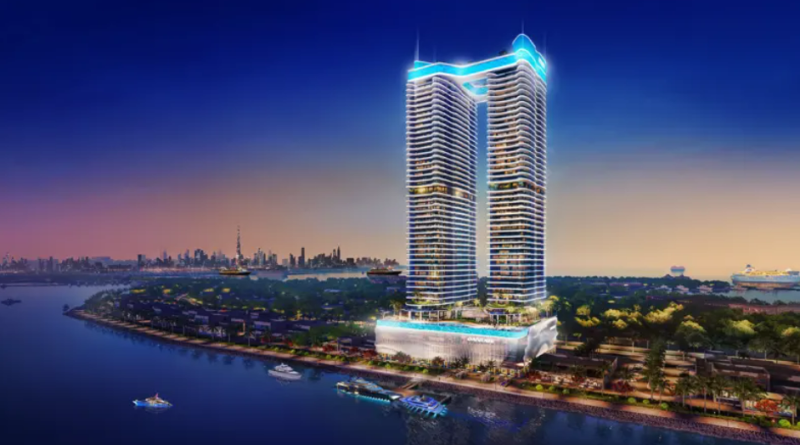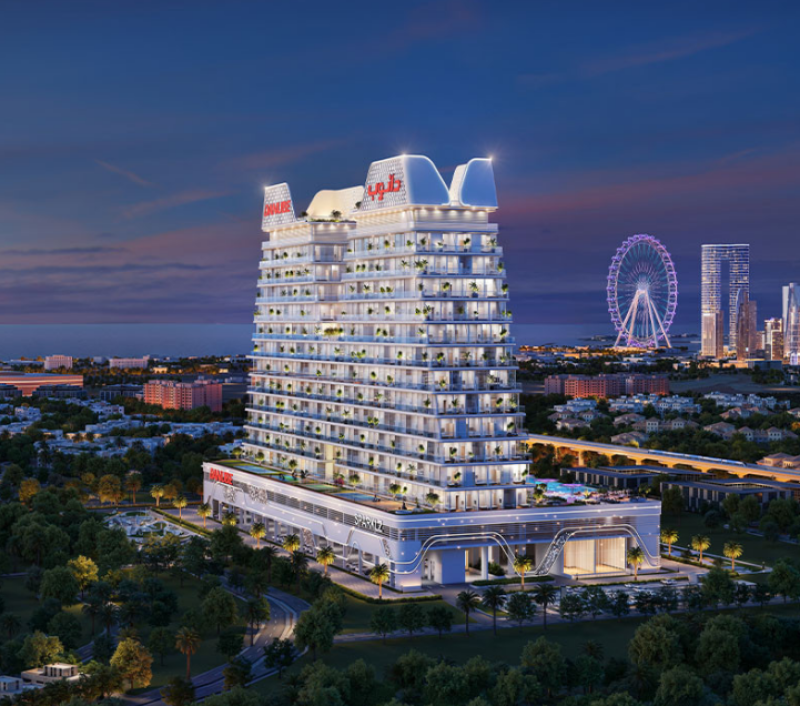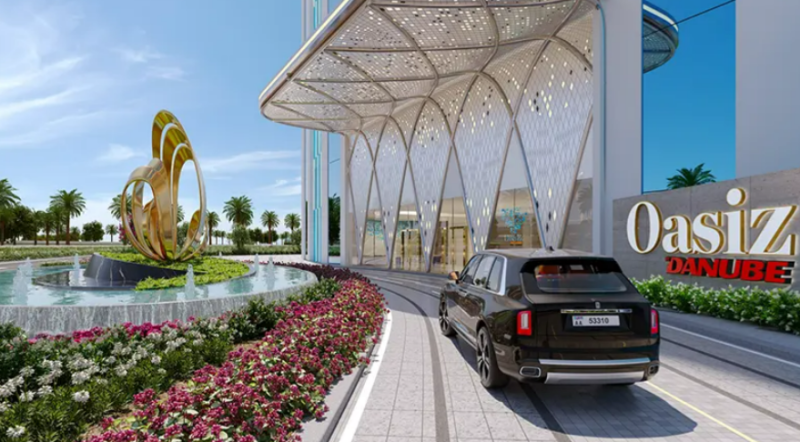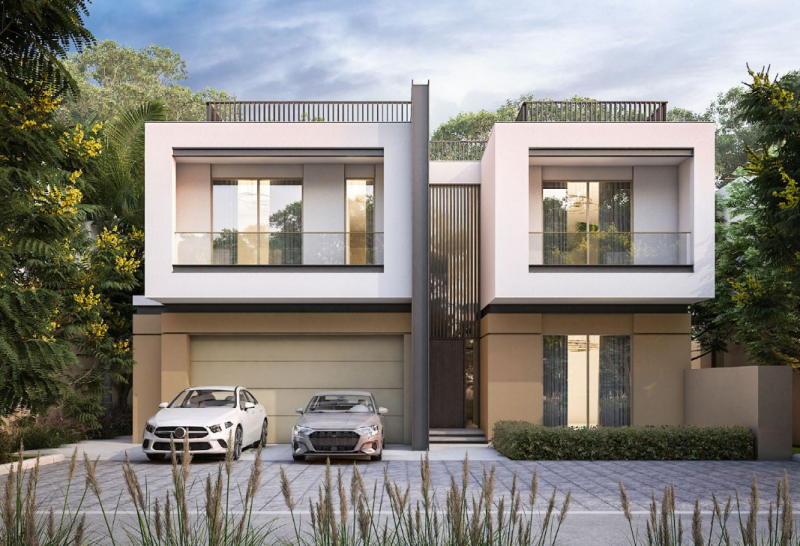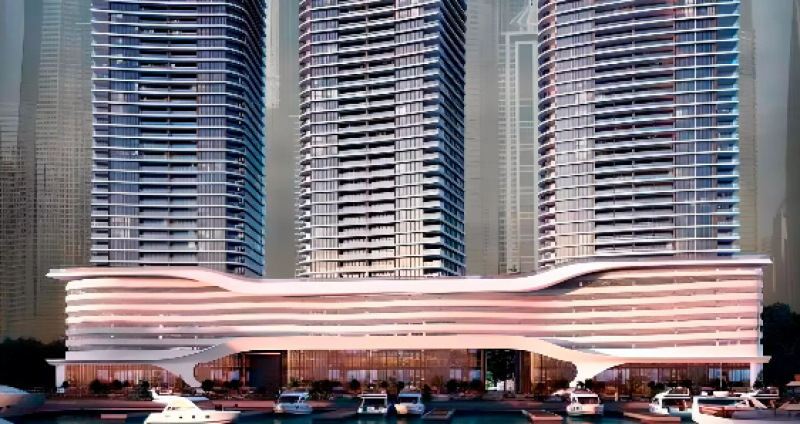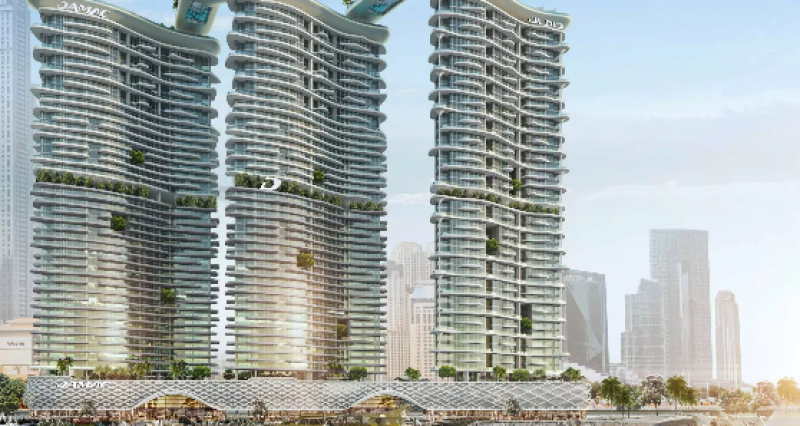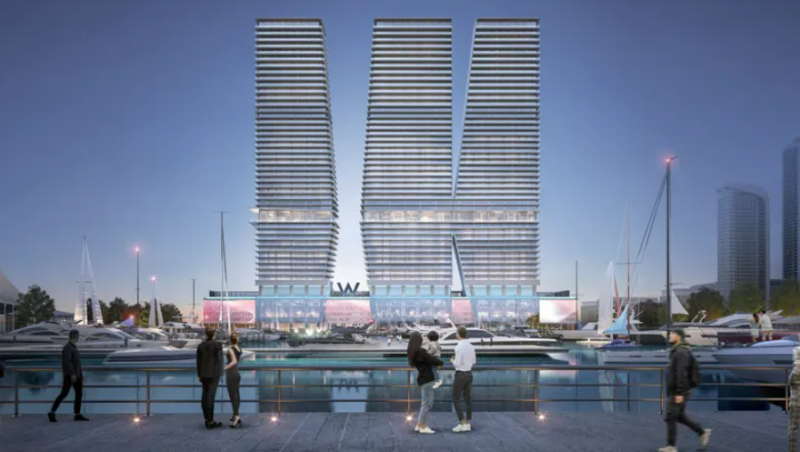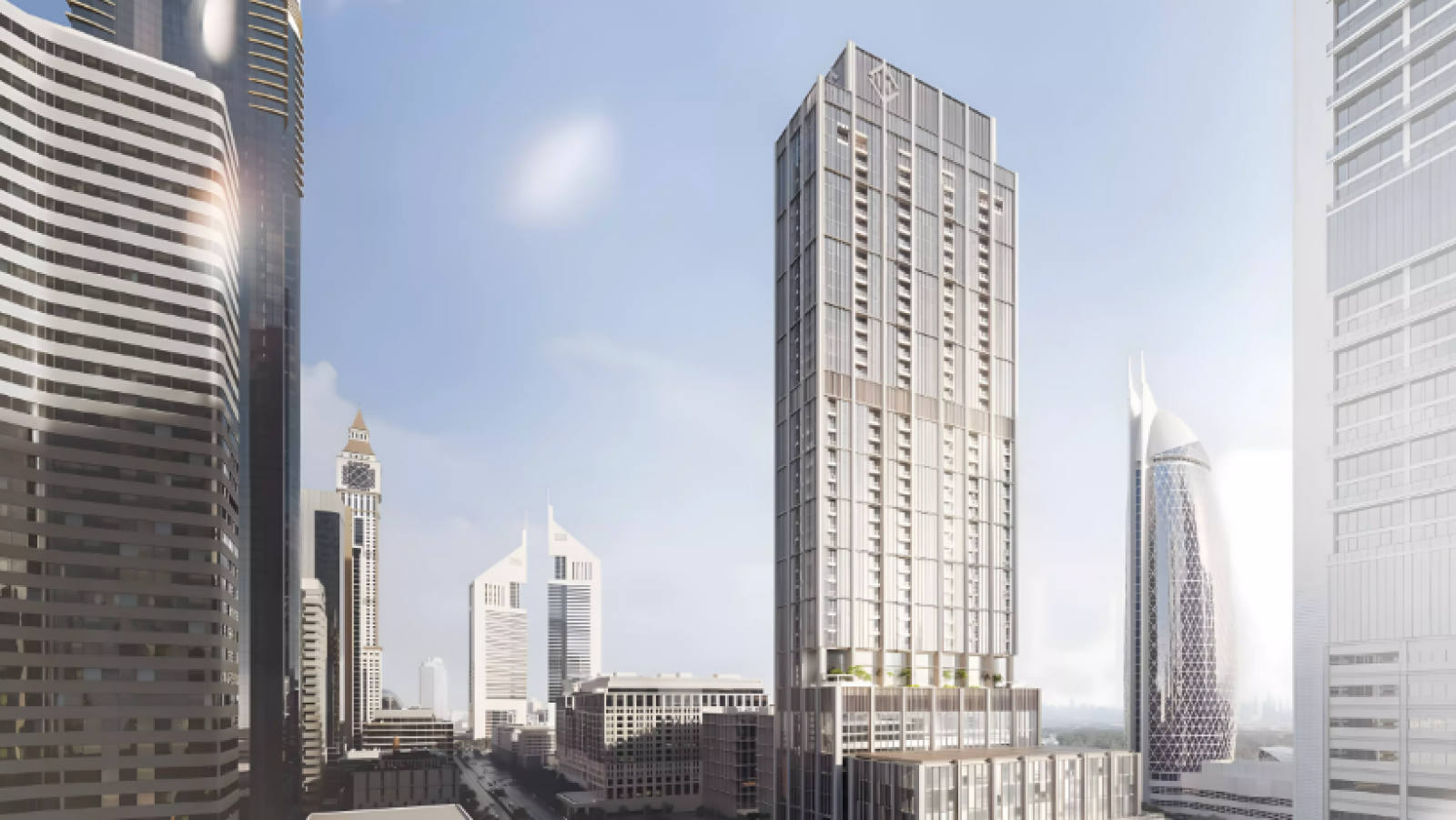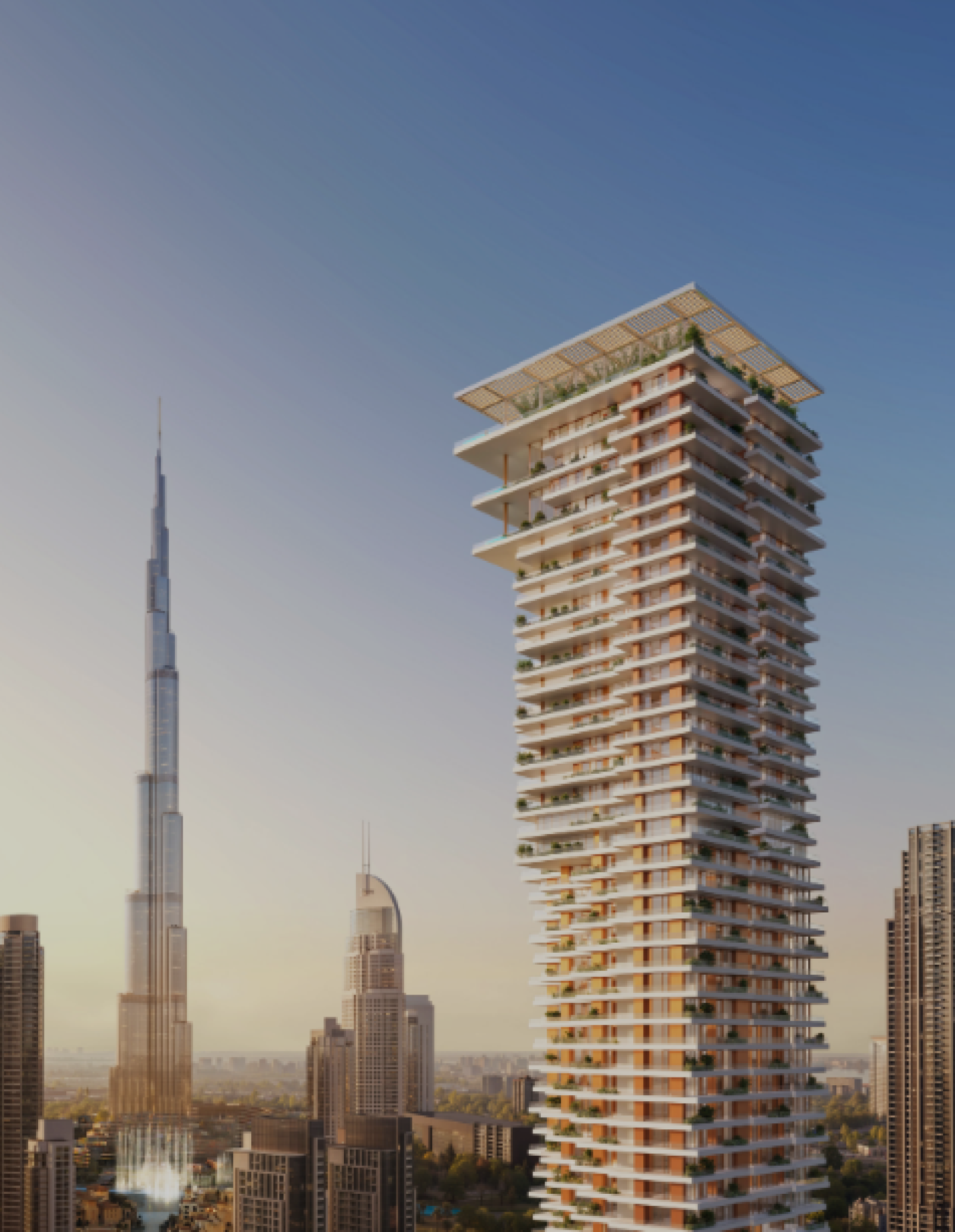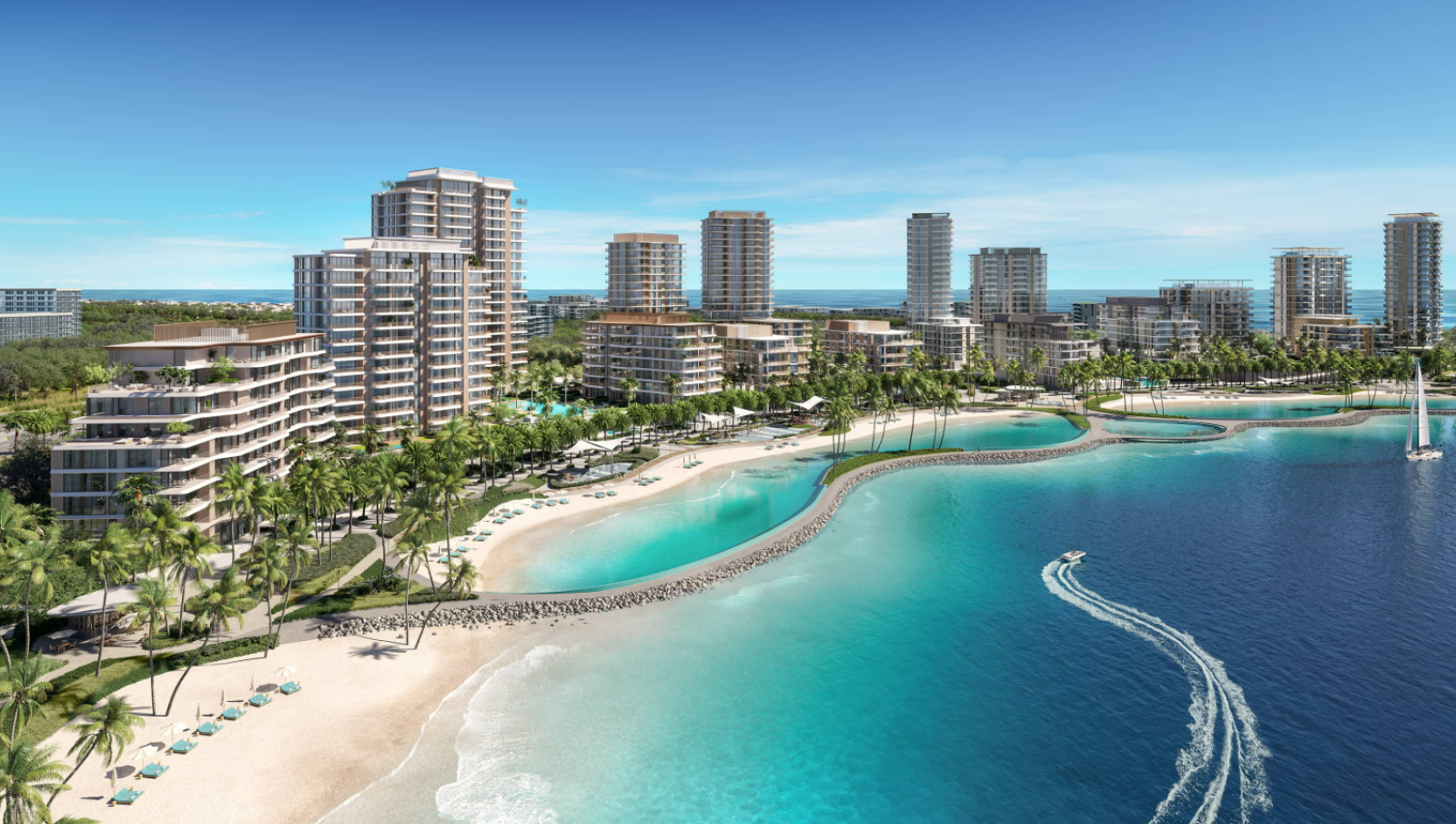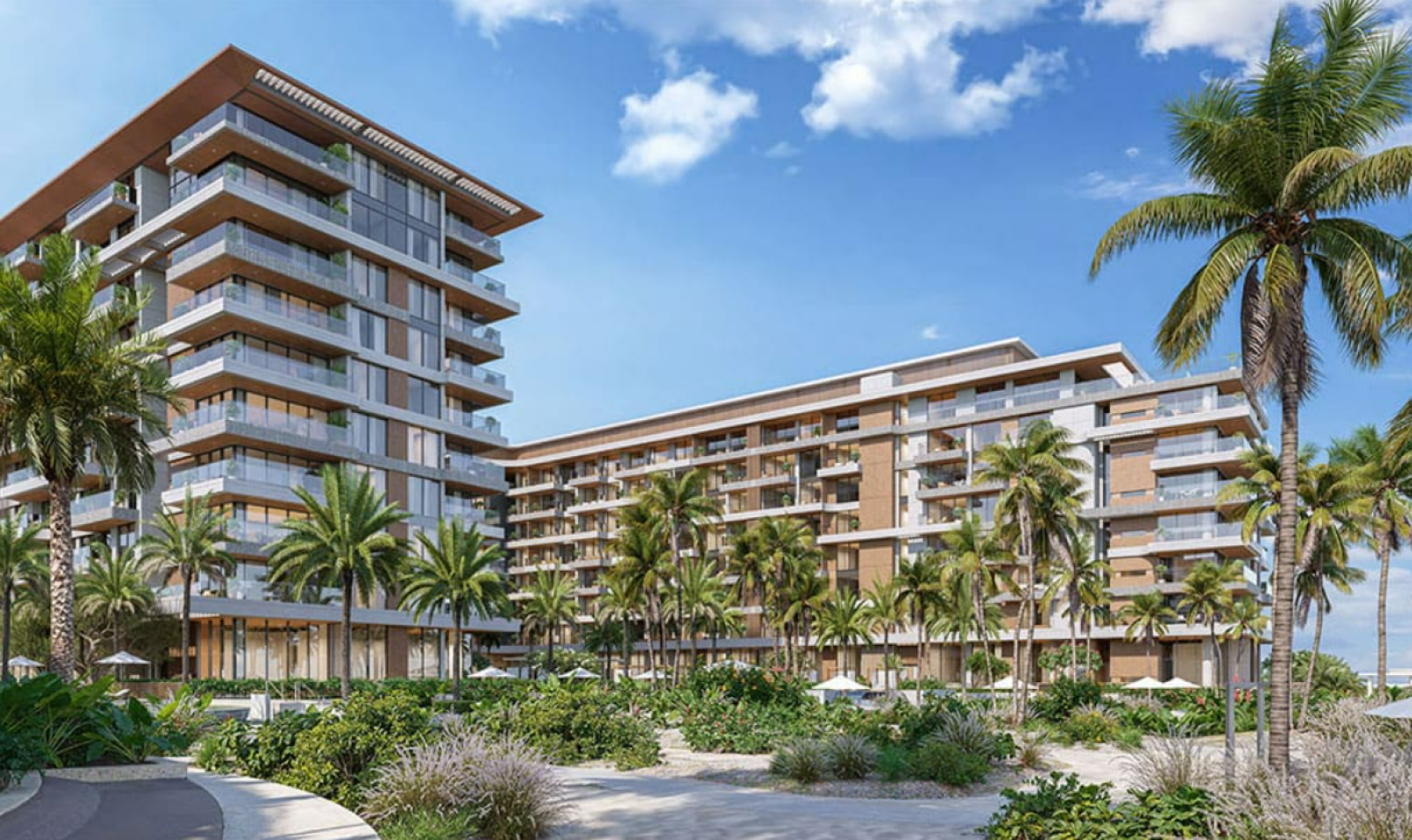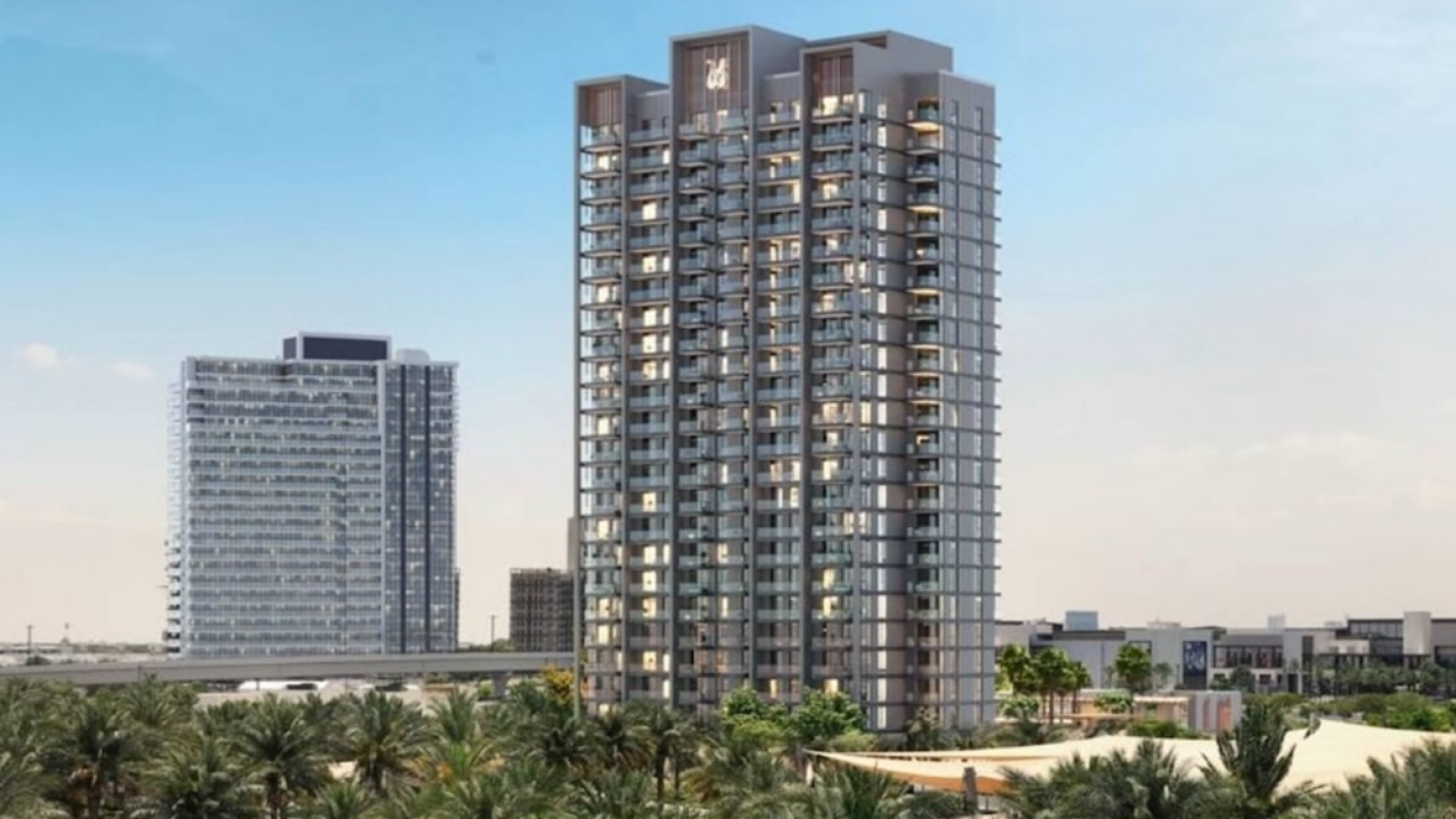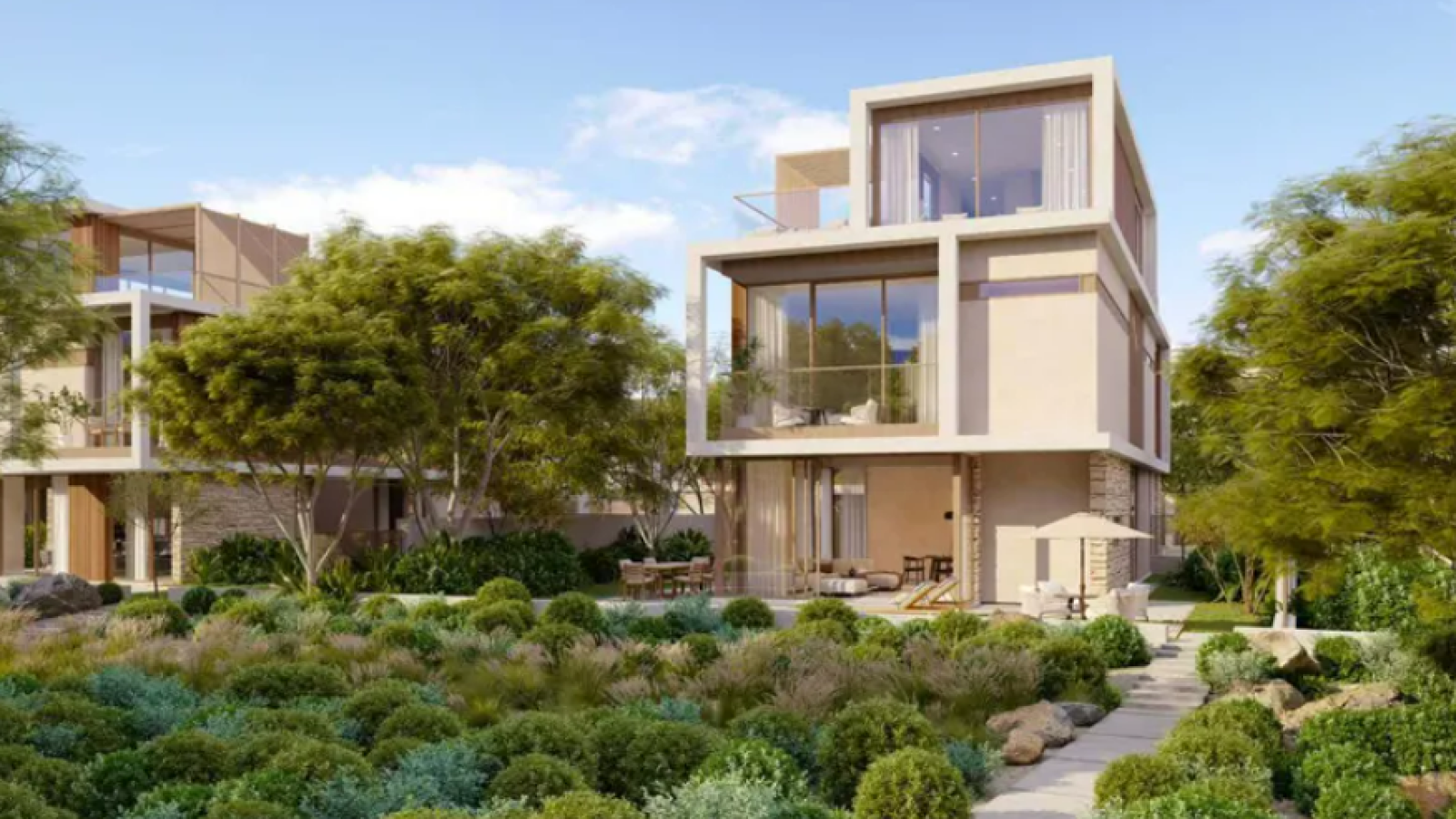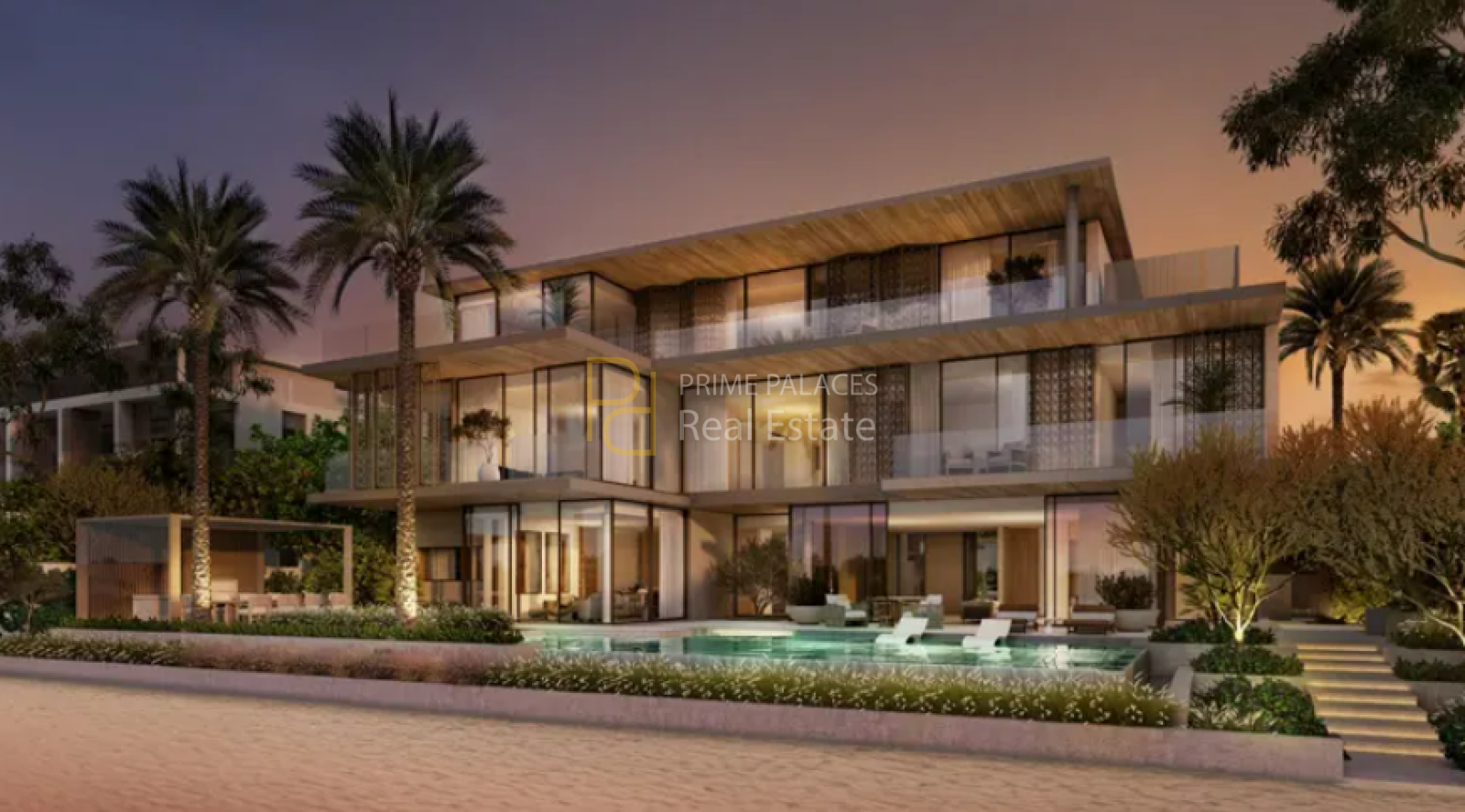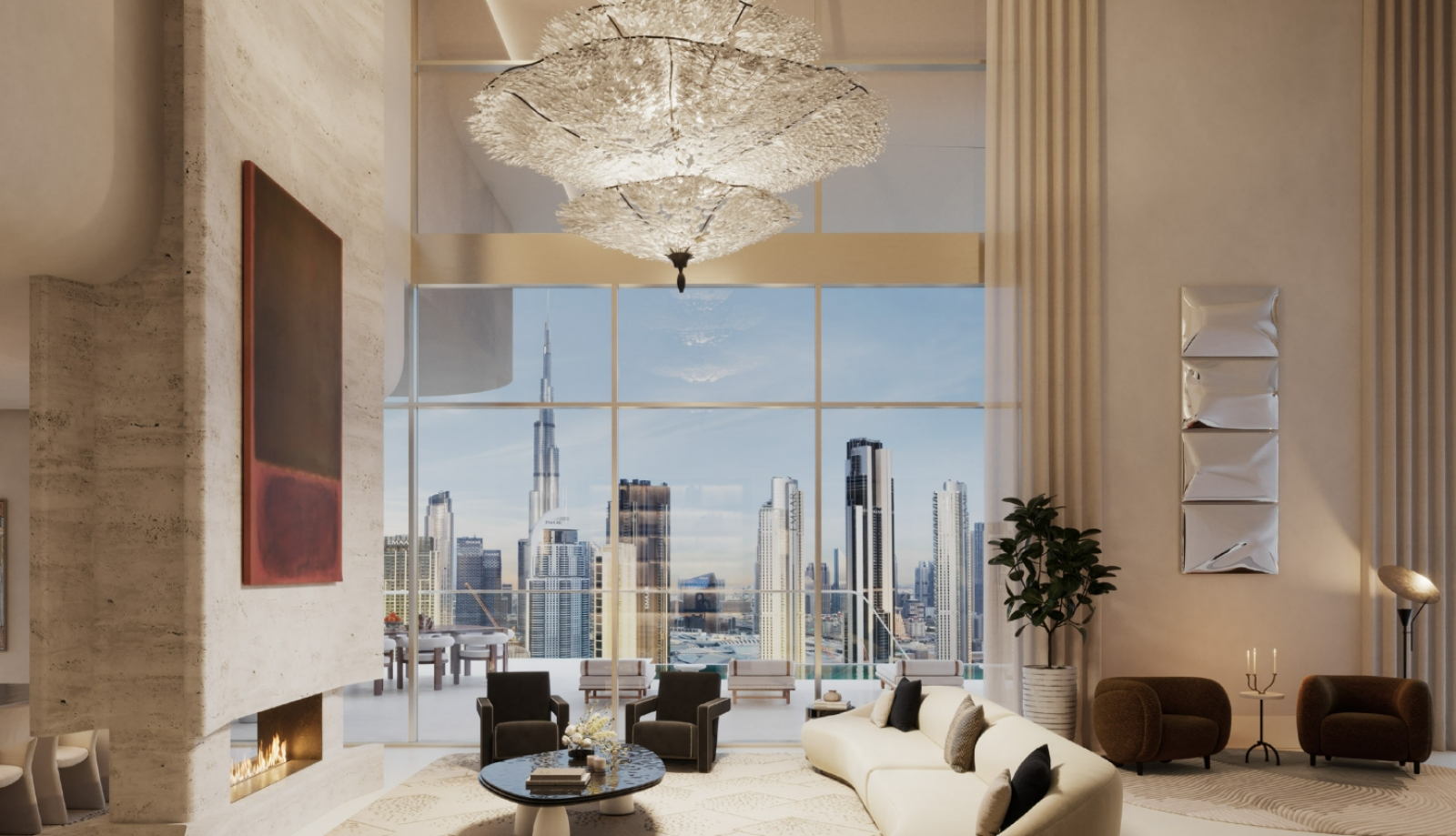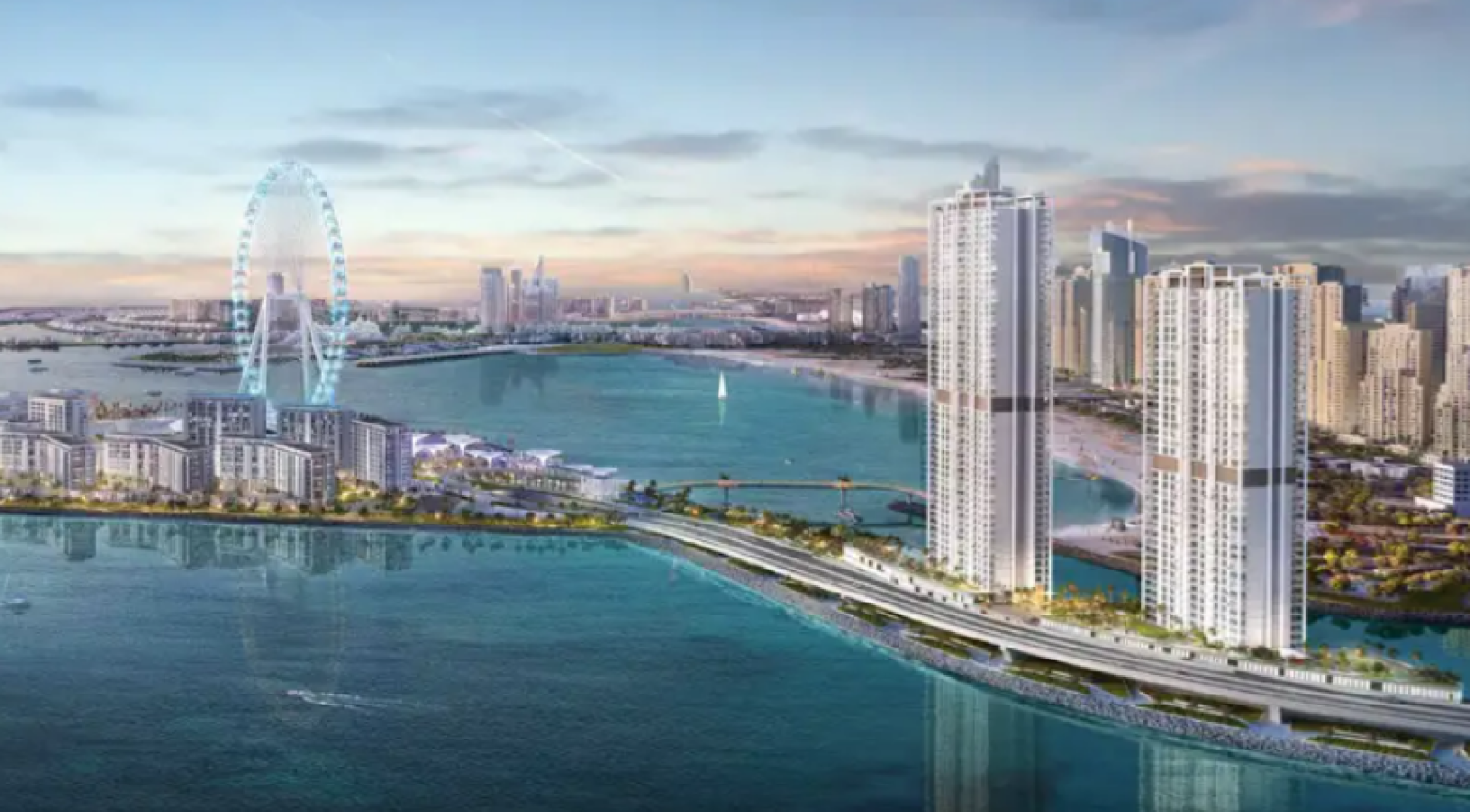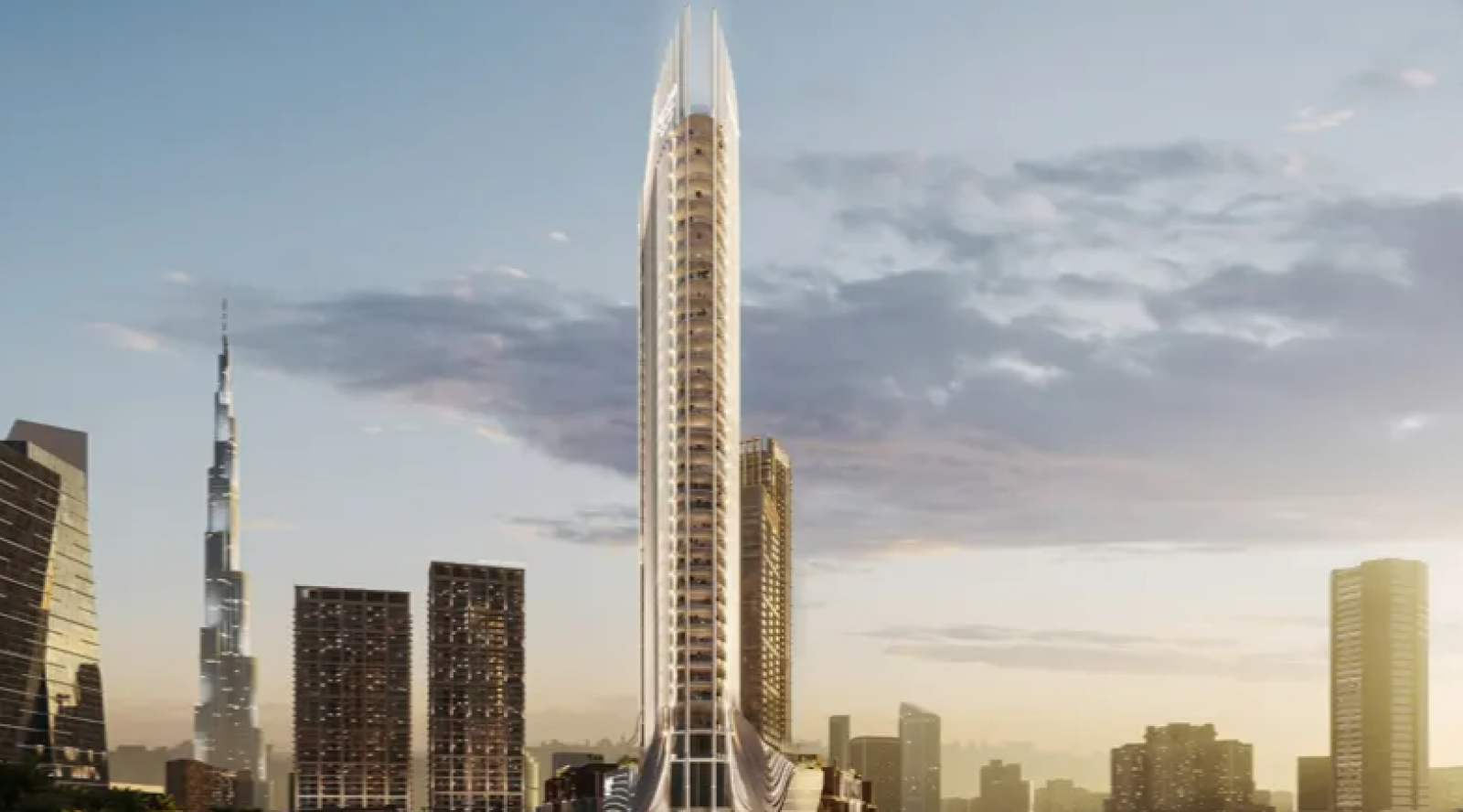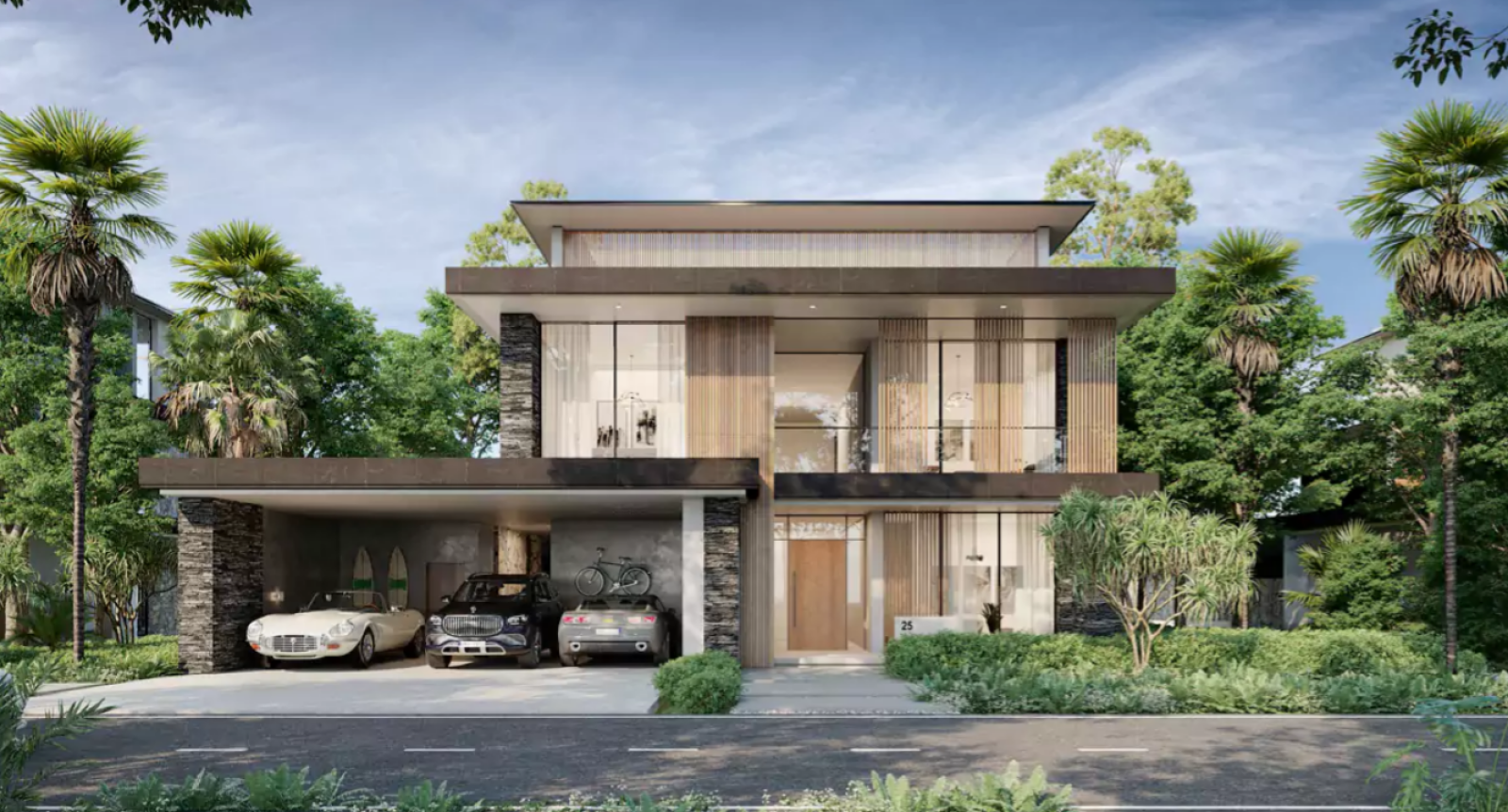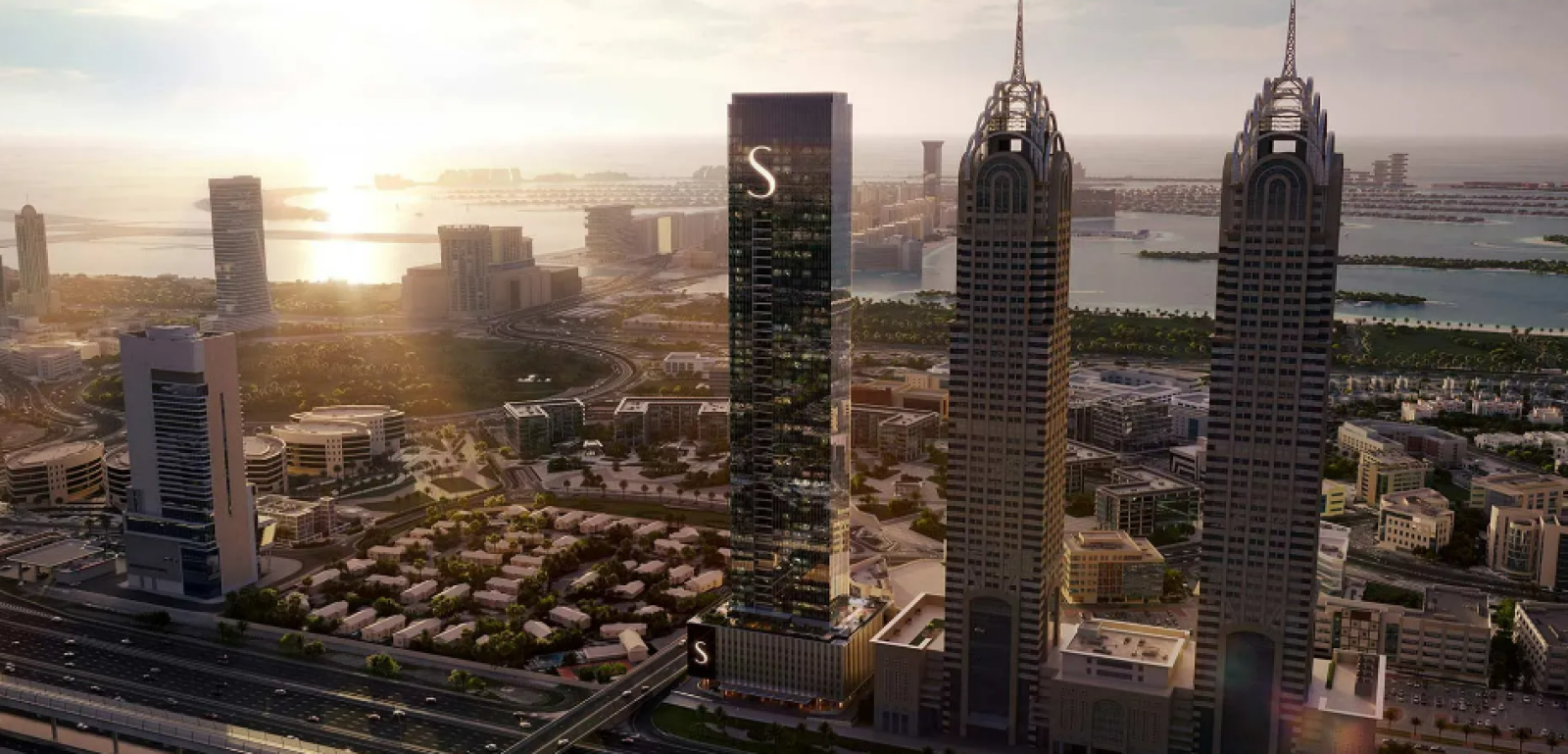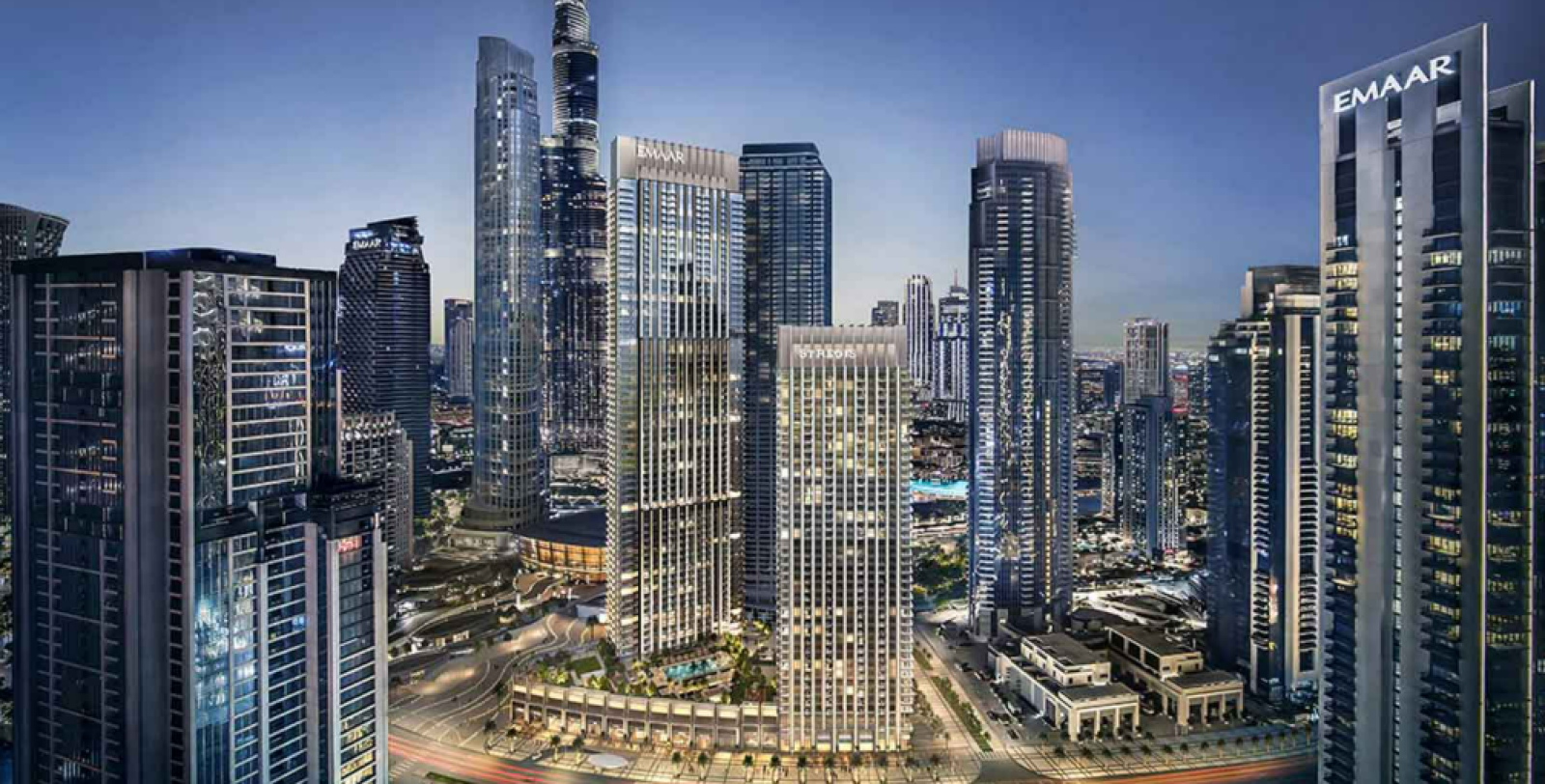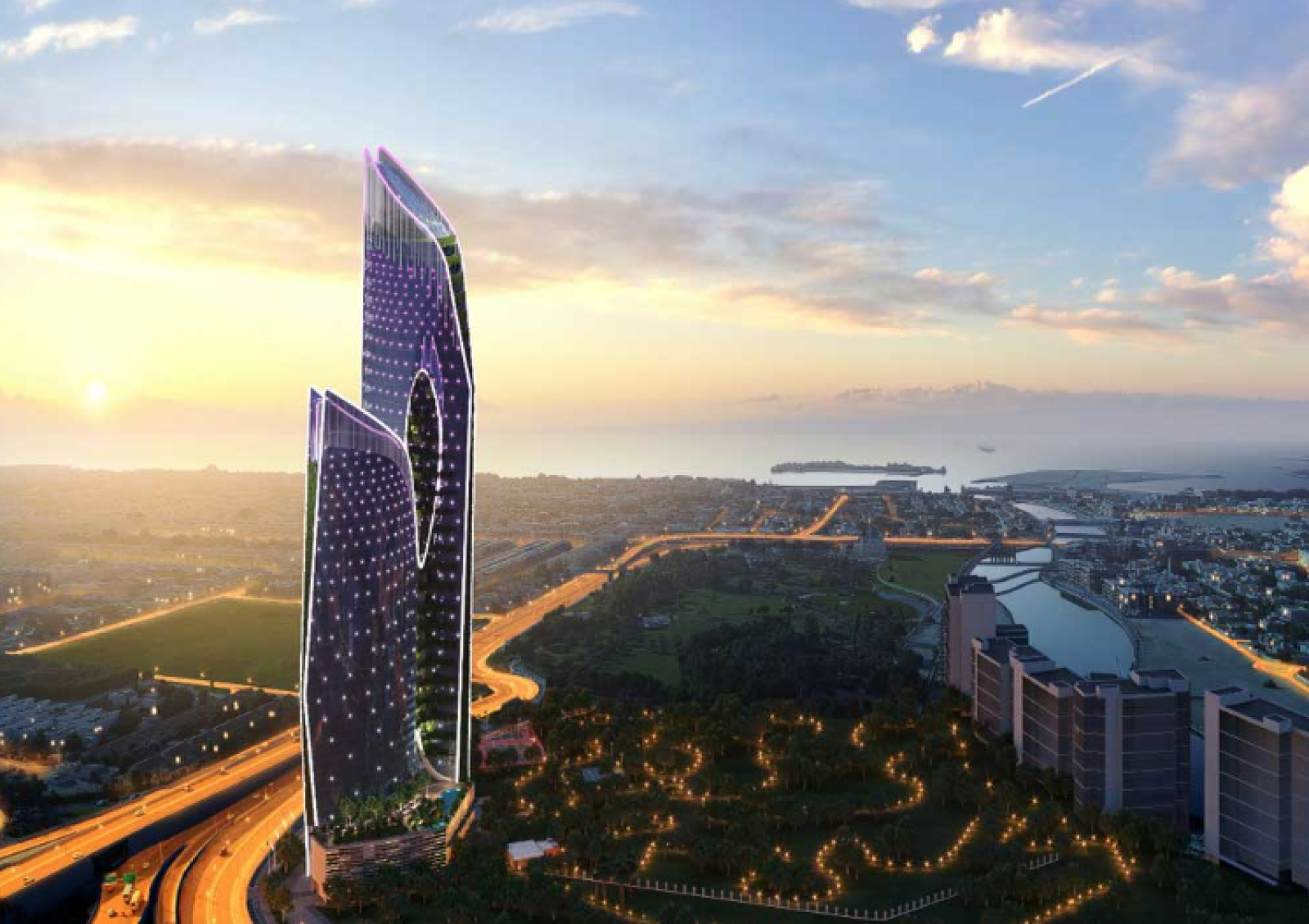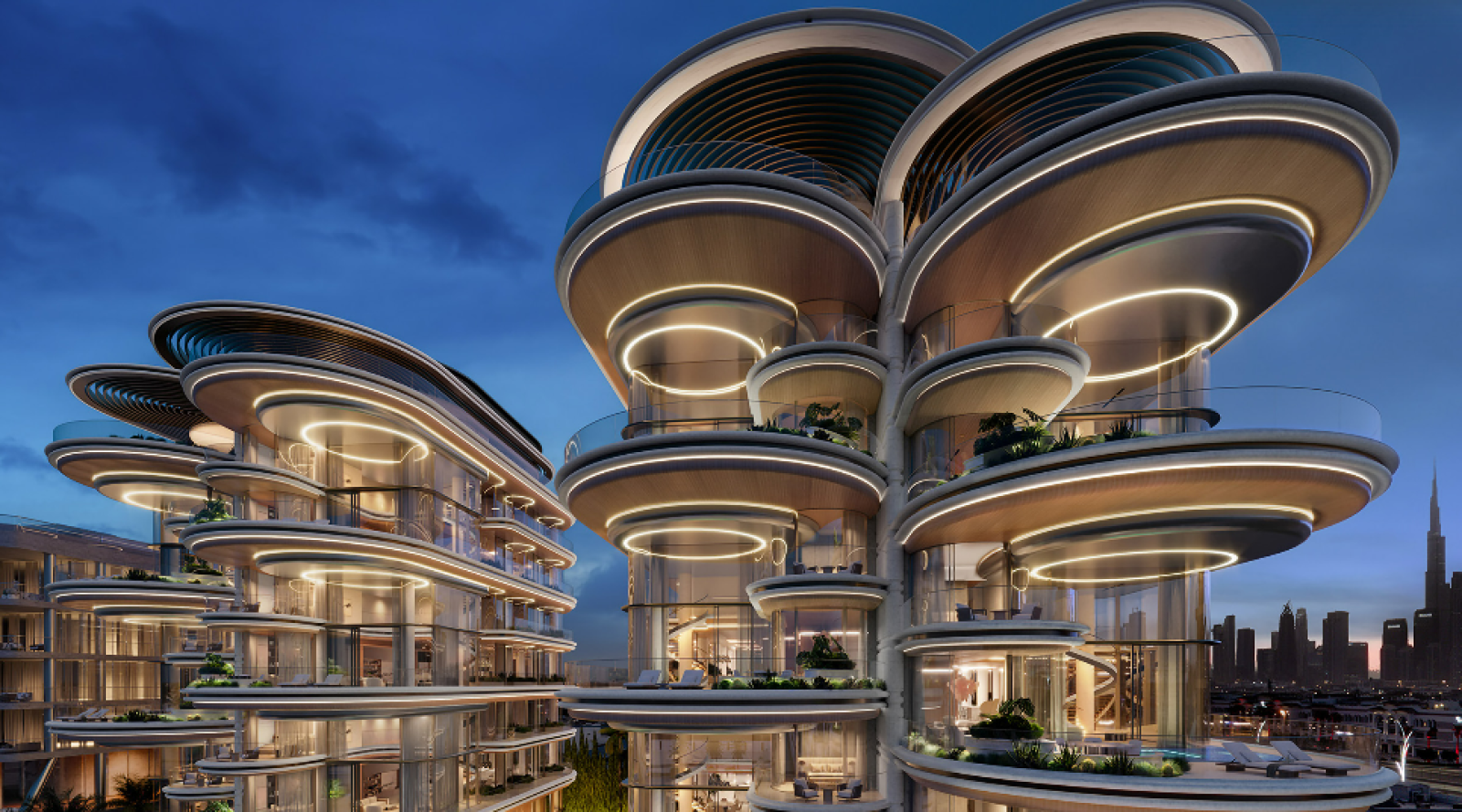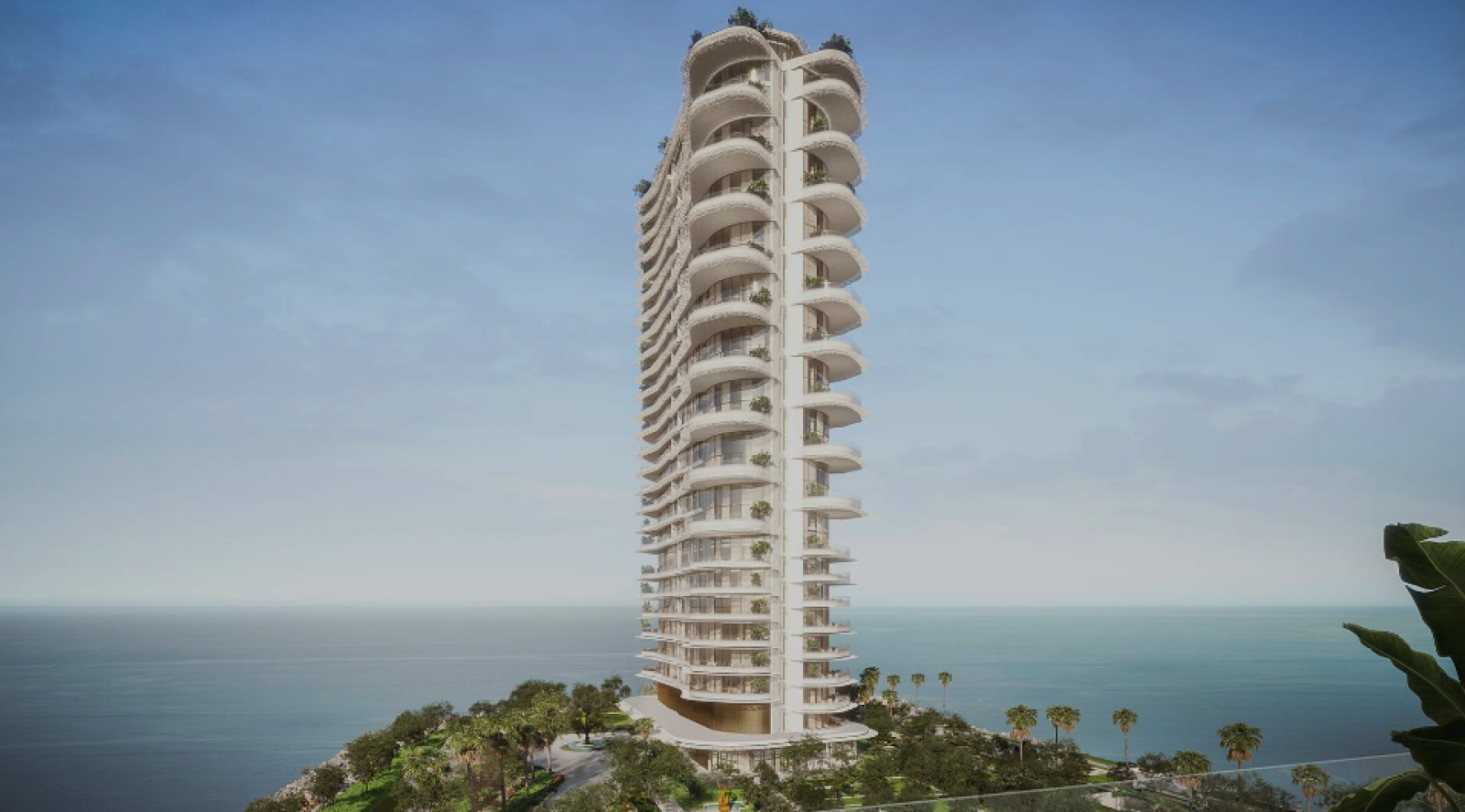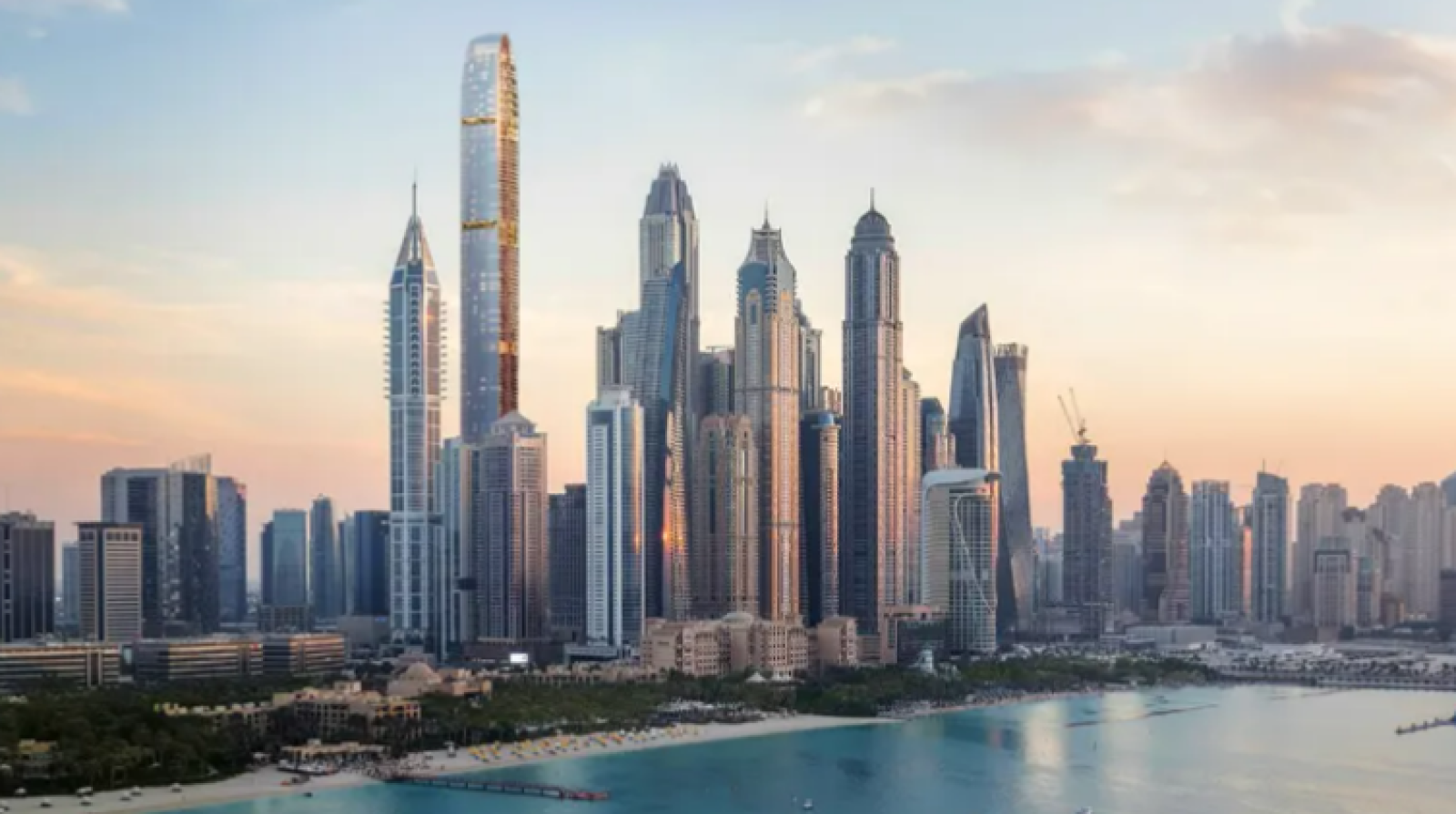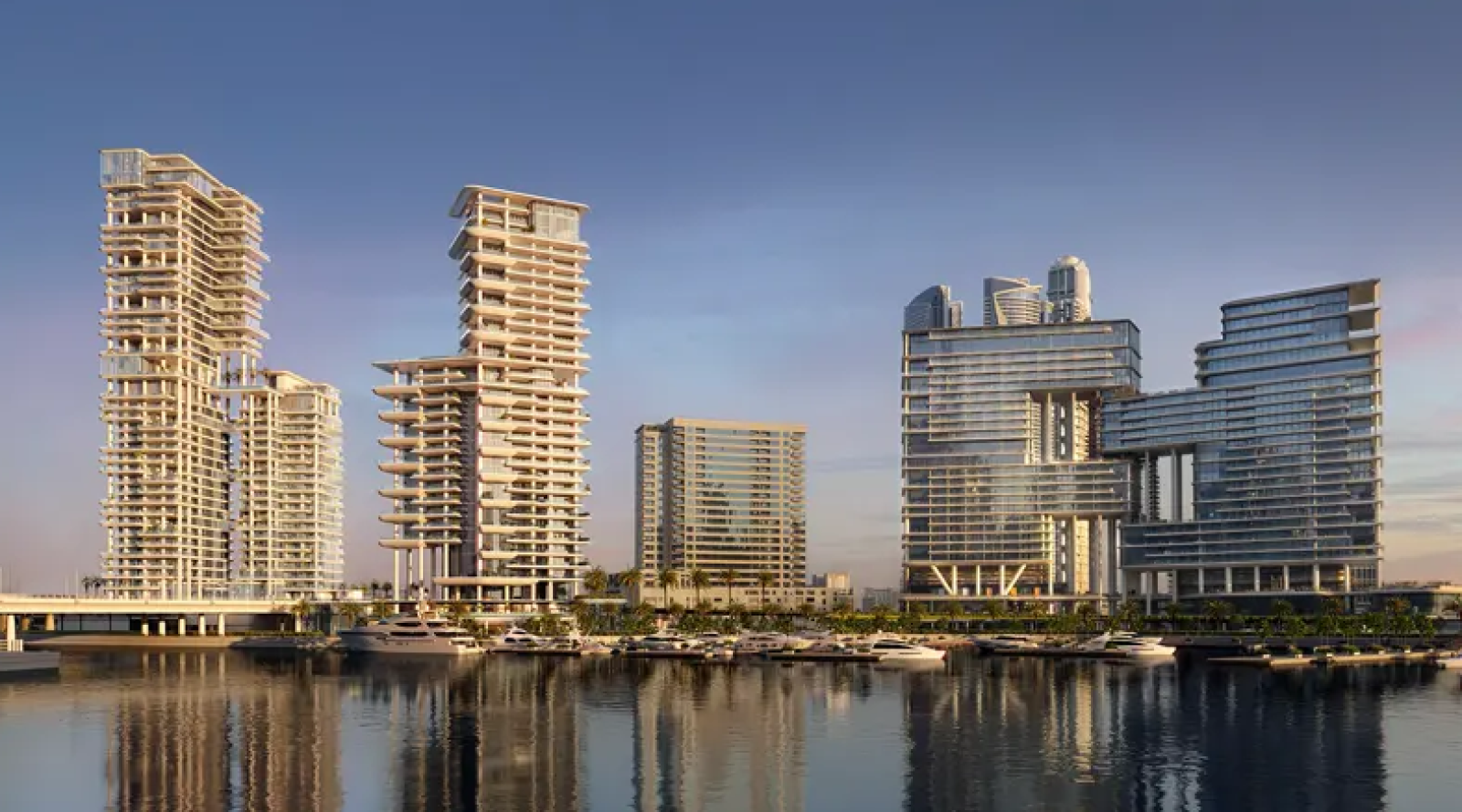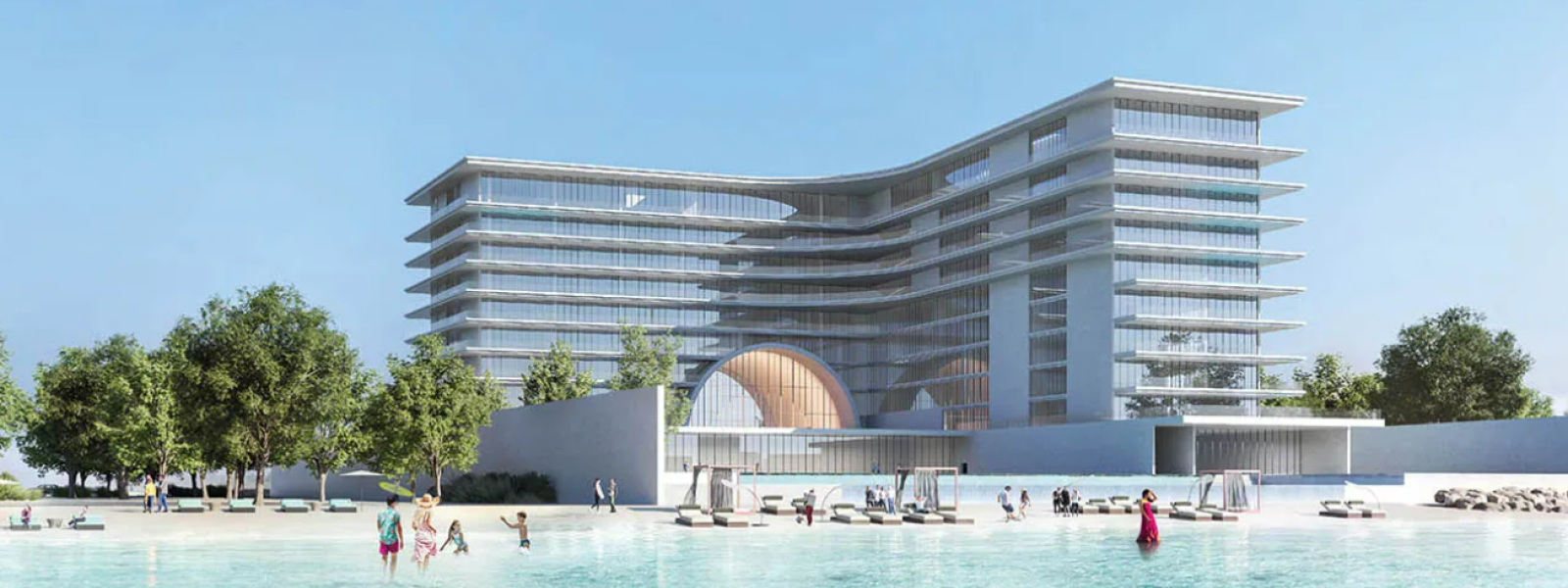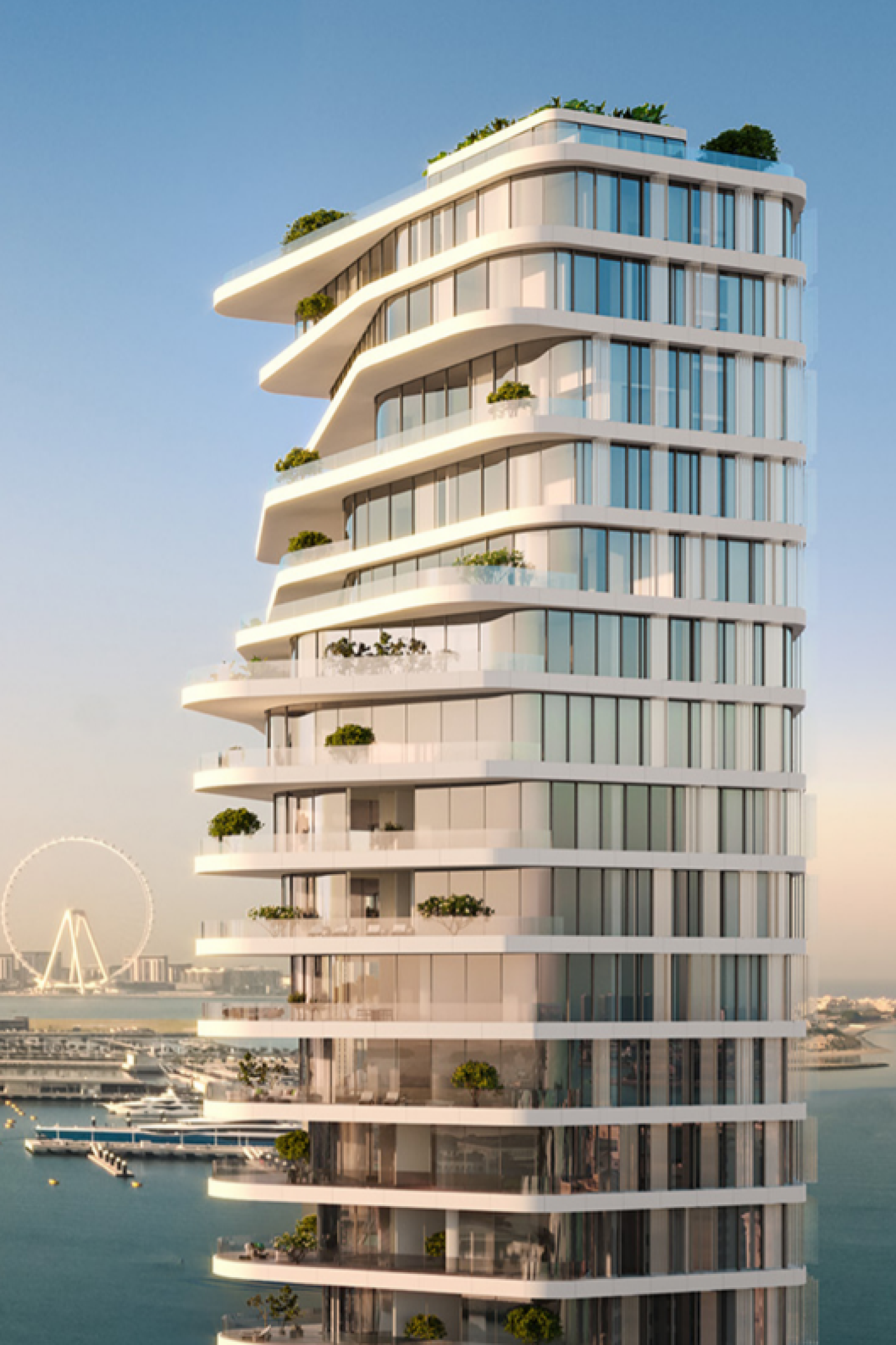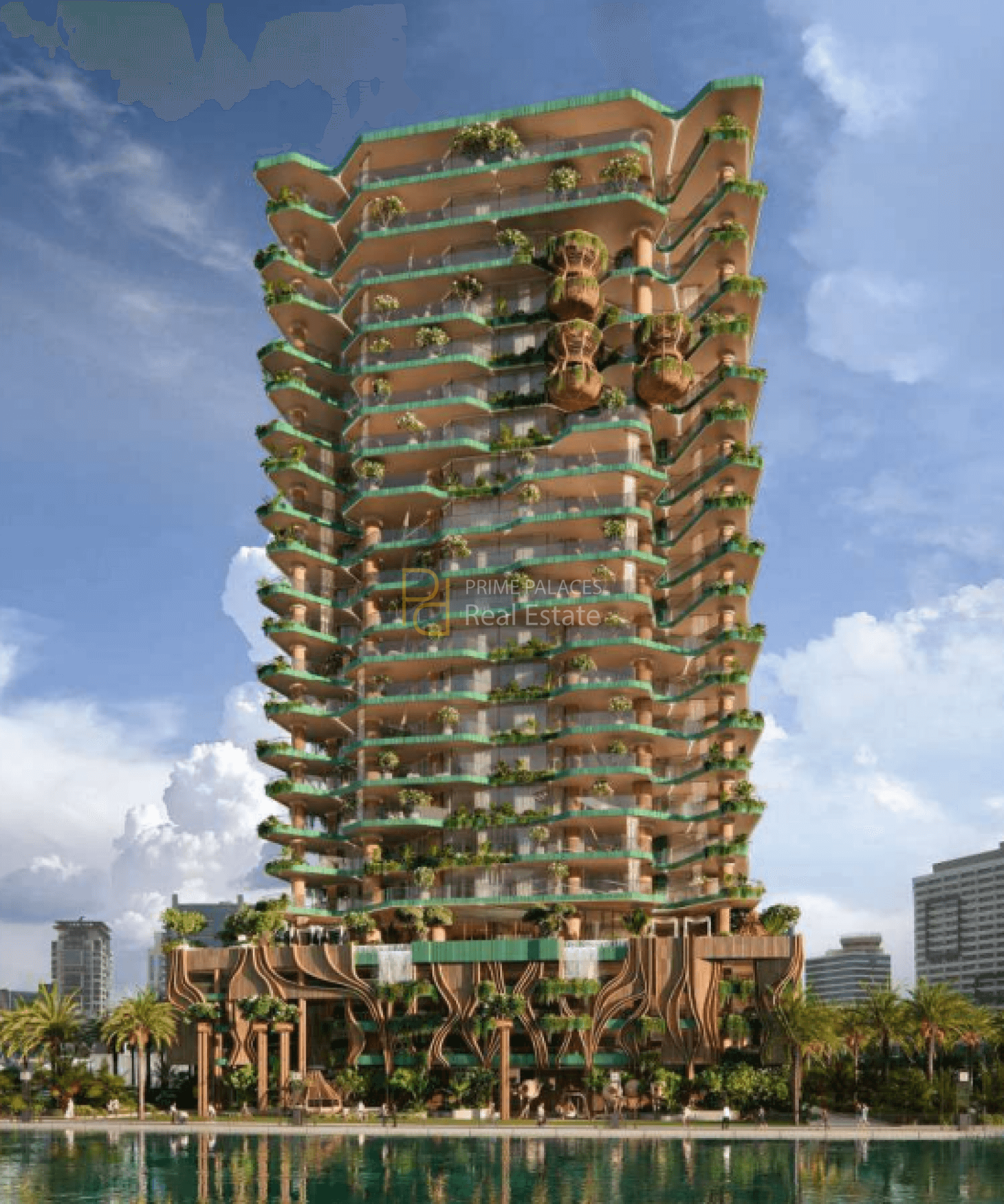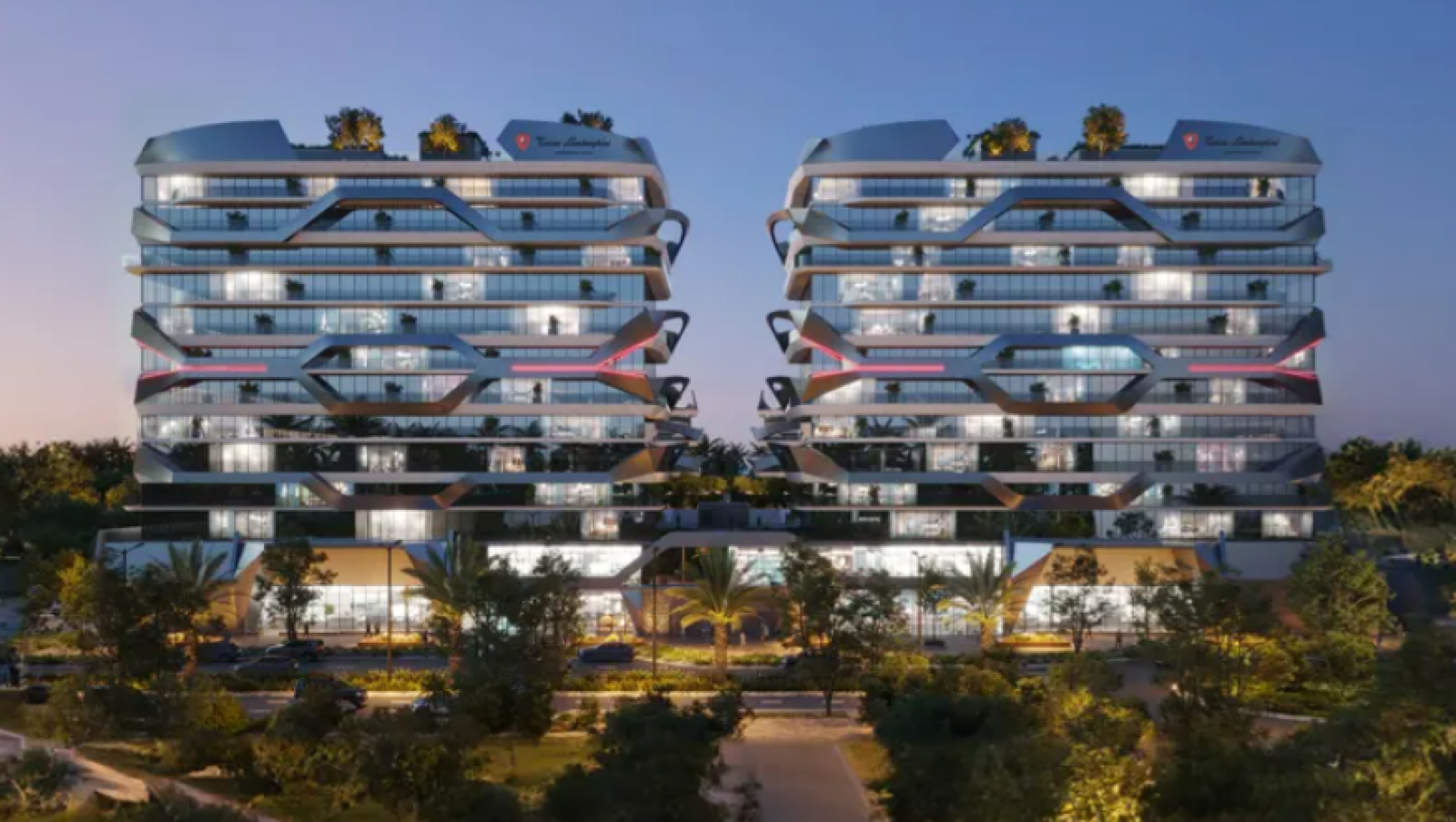A History of Burj Khalifa: The Making of the World’s Tallest Building
he Burj Khalifa is more than a skyscraper—it is the physical embodiment of Dubai’s rise as a global metropolis. Towering at a staggering height of 828 meters, it has redefined skylines, set world records, and become an icon of engineering excellence. But the road to building the world’s tallest structure was one of ambition, vision, and innovation.
Here’s a look back at the remarkable history of the Burj Khalifa, from concept to completion.
1. Concept and Vision
The idea for the Burj Khalifa was born during the early 2000s, a period when Dubai was rapidly positioning itself as a center of global finance, tourism, and luxury living. The project was initiated by Emaar Properties, Dubai’s largest real estate developer, under the leadership of Chairman Mohamed Alabbar.
The goal was simple: build the tallest man-made structure in the world as a centerpiece of the newly planned Downtown Dubai district.
2. Design and Architecture
The design of the Burj Khalifa was created by the American architecture firm Skidmore, Owings & Merrill, with chief architect Adrian Smith and structural engineer Bill Baker leading the project.
The design draws inspiration from Islamic architecture, particularly the patterning systems seen in traditional Middle Eastern structures. Structurally, the building uses a “buttressed core” system, which supports its height and enables the sleek, spiraling shape that tapers upward.
3. Construction Timeline
Construction of the Burj Khalifa began in January 2004. Here are key milestones:
-
2004: Excavation and foundation work begins
-
2006: Superstructure rises above 50 floors
-
2007: Becomes the tallest building in the Middle East
-
2008: Surpasses Taipei 101 to become the world’s tallest building
-
2009: Exterior cladding completed
-
January 4, 2010: Official opening and renaming to Burj Khalifa in honor of UAE President Sheikh Khalifa bin Zayed Al Nahyan
Over 12,000 workers were on-site at peak construction, using over 330,000 cubic meters of concrete and 39,000 tonnes of steel.
4. Records and Features
The Burj Khalifa holds multiple world records:
-
Tallest building in the world (828 meters)
-
Highest occupied floor
-
Longest elevator travel distance
-
Tallest free-standing structure
-
Tallest observation deck (at time of completion)
Inside, the tower features luxury residences, corporate offices, the Armani Hotel, restaurants, lounges, and the famous At the Top observation decks on levels 124, 125, and 148.
5. Impact on the Dubai Property Market
The Burj Khalifa became a major catalyst for the Dubai property market, driving demand in Downtown Dubai and surrounding areas. Properties with direct views of the tower command a premium, and the tower itself remains one of the most prestigious addresses globally.
It also boosted international interest in off-plan property in Dubai, positioning the city as a serious player in ultra-luxury real estate.
6. Cultural and Economic Significance
The Burj Khalifa is not only an architectural wonder—it’s a global symbol of ambition and possibility. It played a crucial role in repositioning Dubai on the world stage and continues to attract millions of tourists each year.
It reflects the emirate’s ability to deliver world-class projects on an unprecedented scale, contributing to Dubai’s image as a future-ready city.
Conclusion
The history of the Burj Khalifa is one of bold vision, technical excellence, and national pride. From an ambitious blueprint to a global icon, the tower remains the centerpiece of Dubai’s transformation and a symbol of its limitless potential. Today, it stands not just as the tallest building in the world—but as a lasting testament to what a city with vision can achieve.

